 Abraham Lincoln
If given the truth, the people can be depended upon to meet any national crisis...
Abraham Lincoln
If given the truth, the people can be depended upon to meet any national crisis...
 Guildford news...
for Guildford people, brought to you by Guildford reporters - Guildford's own news service
Guildford news...
for Guildford people, brought to you by Guildford reporters - Guildford's own news service
Birdwatcher’s Diary No.237
Published on: 5 Aug, 2021
Updated on: 6 Aug, 2021
By Malcolm Fincham
As predicted, a brief heatwave had arrived on my doorstep by July 17. By the end of the weekend temperatures had reached 30c degrees around the Surrey countryside.
The unbroken sunshine made for ideal conditions to continue our search for new species of butterflies that had now started to emerge.
Surrey is one of the most blessed counties in the UK to see such a variety, and there was still a chance for me to once again see over 40 species that can be found within its boundaries.
The hot dry spell was coinciding with the height of the butterfly season. And more new species were beginning to emerge. Like daylight robbery, the windows of opportunity had been opened and the riches of the countryside were out there and enticing me to photo!
At Chiddingfold Forest, white admirals were now at the peak of their season.
While purple hairstreak butterflies had recently begun to emerge.
Most importantly to me, the more renown species that resides in the oaks there, the purple emperor, had commenced its reign.
Mostly only seen dualling at the top of its master tree. Occasionally, if luck allows, some come down to the ground seeking minerals to digest through their proboscis. Once again we had the fortune to witness this annual event.
Sometimes they can also be found feeding on sap runs from tree barks. This we also found occurring on our visit.
Numerous silver-washed fritillary butterflies continued to be seen on the wing.
While a surprise sighting of a dark-green fritillary arrived to display itself long enough for a photo.
Always on the lookout for unusual critters to photograph, a long-horned beetle, one of the many varied types that can be found there, took my interest.
Nearer to home in the oaks trees on Broadstreet Common, our annual sighting of purple hairstreak butterflies could be viewed. Mostly buzzing around and dualling around the topmost leaves of the oak trees.
I also added a sighting of a purple emperor in flight, although I was unable to get a photo of it.
One photo of an emperor I did achieve while there was a female emperor dragonfly.
Still eluded of a sighting of a white-letter hairstreak at Clandon Wood (although not for the want of trying), I was beginning to believe I had missed the window of opportunity to find any this year. After all, it had been another unusual year weather-wise. Knowing how elusive these butterflies can be to find – “like hens teeth”, I’ve heard some say!
Working on a tip-off on July 17, we followed directions I had received to an area of Sheepleas, near West Horsley, where they had recently been reported. It happened to be the hottest day of the year, so far! But with Dougal and Bob on hand to assist with map reading, what could possibly go wrong?
Most often this species of hairstreak can only be found on elm trees. These ones, however, had taken up residence in a wych elm.
Having spent nearly an hour walking, we returned to the car park to re-examine the map. We soon realised we had over assessed the scale. We had in fact at least once already walked past the tree we had been looking for!
It was all worth the effort made, however, despite the baking-hot weather conditions. At least eight could be viewed buzzing about at the top of the tree. To our fortune, as we watched two came down to the lower third of the tree and settled. One on a leaf of the elm, while the other choosing a bramble flower.
The hot weather continued the following day as we set off on a pre-arranged day trip to Durlston Country Park, on the outskirts of Swanage, Dorset. I took up on the invite mainly for the opportunity of seeing Lulworth skipper butterflies for the first time to add to my photo library.
I soon realised we had neared our destination as we passed Corfe Castle en-route.
At Durlston Country Park as many as 30 species of butterfly can be found within its summer season.
Lulworth skippers are slightly smaller than small skippers. Not that this helps much if you are not seeing them together!
Lulworth skippers when freshly emerged have a light dusting of golden marks in the centre of the forewing, which in the female is a distinctive circle.
Older Lulworth skippers go a rather greenish olive-brown, which distinguishes them from the other skippers. These allowed me the best opportunity to get correct photo identified. Lulworths also hold their wings characteristically with the hind-wings at a lower angle.
Among the many skippers on display, a few small blue butterflies could be viewed.
As well as the slightly larger common blue.
While marbled whites, gatekeepers and meadow brown butterflies drifted past.
Taking note of some of the birds on display, the sound of skylarks reminded me of my recent visit to Cornwall.
A pair of stonechats perched up in full view.
On a stone wall that led down towards the sea, two ravens were perched.
Later, on our return, they could be seen in a field nearby, beaks open in an attempt to cool their body temperatures.
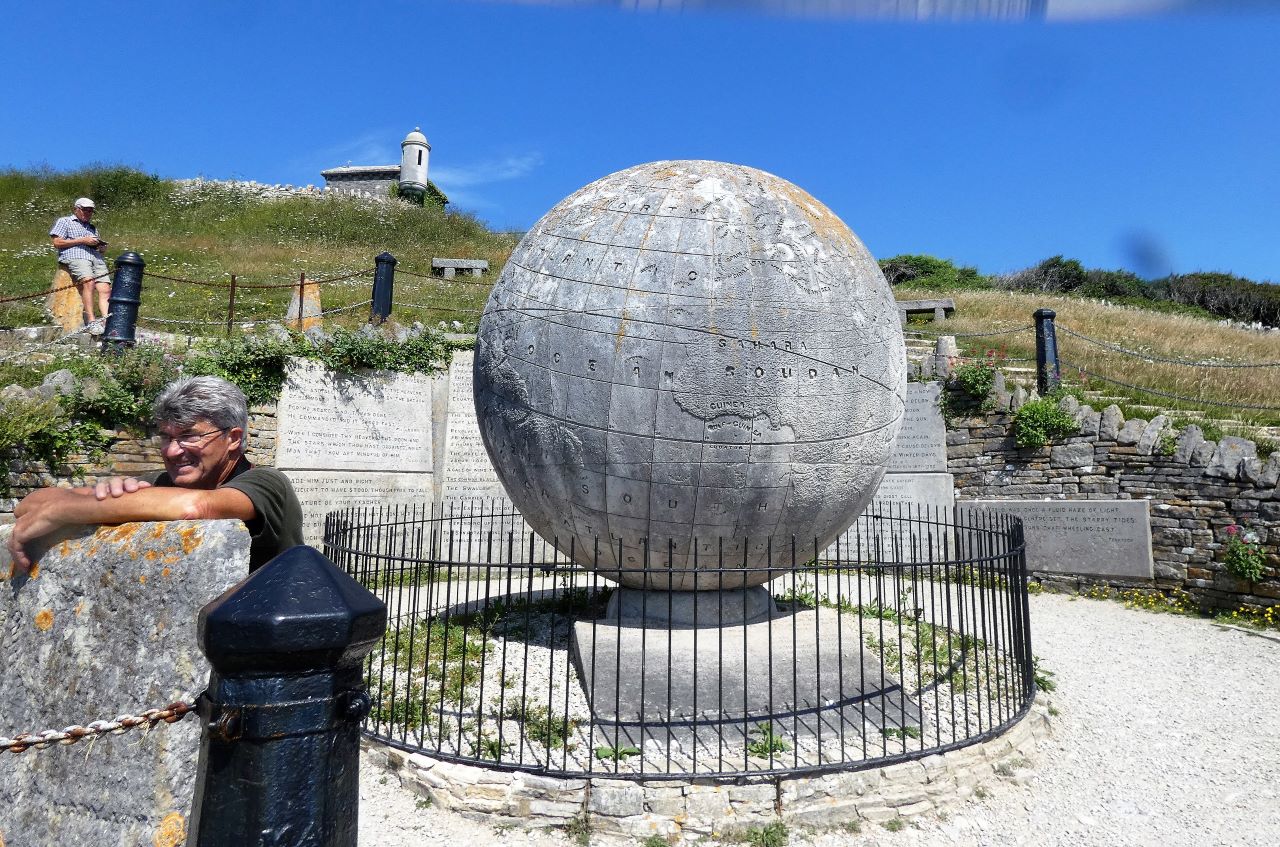
Constructed of Portland stone, The Great Globe is one of the largest stone spheres in the world. It weights about 40 tonnes, is 3 metres wide and stands within Durlston Country Park.
Within the estate grounds is The Great Globe. Made of Portland stone, it weighs about 40 tonnes and is 3 metres in diameter. Constructed in Greenwich in 1887, it was brought to Swanage by sea.
Looking eastward across the sea, the Isle of Wight could be viewed.
Closer to view, a dragonfly flew over our heads. To my own surprise and with a swing of my camera, I even got a lucky shot of it!
While continuing to survey the vista seaward, from the area by the 10ft in diameter globe, tucked away along the cliff-face a peregrine falcon could be viewed.
By July 23 the weather had cooled to a pleasant 24c, with sunny periods and a light breeze. The cooler weather, had helped to fulfil a promise I had made to myself to visit Pewley Down on the south-facing slopes of Guildford.
An explosion of chalkhill blue butterflies had broken out on the wing and settling on the wild flowers that adorned the hillside. The majority were the powder-blue coloured males.
A closer look saw a few females, some already mating.
Daytime flying Burnet moths were also pairing up.
Marbled white butterflies continued to be present, although now lessoning in their quantity.
A few fresh looking brown argus butterflies could also be found.
Gatekeepers were now starting to outnumber the meadow brown butterflies.
A lone, but rather colourful peacock butterfly, settled with its upper wings on display.
As well as a dark-green fritillary.
While a small copper and a brimstone butterfly added to the day’s list.
My best sighting, however, had to be a clouded yellow butterfly. They are one of a few assorted species of migratory butterflies that visit our shores.
Occasionally it would settle on some flora, thus allowing me time to make an attempt to catch up with it. Adding to my fortune, the bright sunshine had become obscured by clouds. Although still some distance away, it now rested in the shade, awaiting for the sun to return.
Just enough time to creep up on it a grab a few photos!
Rarely showing their upper wings, I was even able to get a few, in flight shots, when the sun returned.
Some of these golden-yellow butterflies are seen every year, mostly in southern-most regions of the UK. Unpredictable mass immigrations occurs from time to time, as well as resultant breeding, which are fondly and long remembered as Clouded Yellow Years.
By the last days of July, cool and unsettled weather had returned with ‘localised’ heavy rainfall.
Making the most of infrequent dry spells before the month came to a close, included visits to a handful of local sites. At Trigg’s Lock, near Sutton Green, on an evening’s walk with David Rose, as we walked the towpath of the River Wey we sighted:
A roe deer close by in a field.
A fox also in the field and just behind the roe deer, glared our way before scurrying off.
A family of newly fledged and noisy kestrels could be viewed in alder trees on the opposite bank of the river.
And a flock of 15 or more rose-ringed parakeets heading to their roost.
On July 26, another, brief, bright and dry spell of weather gave Bob, Dougal and I the opportunity to visit to Thursley Common, allowing us to add a grayling butterfly to this year’s photo-sightings.
A few silver-studded blue butterflies could still be found, although most now looking quite tatty.
A bonus photo to add to my collection was a robber-fly with its prey.
A feeling that nature’s tide was turning, could once again almost be smelled, like the petrichor in the air.
Reports of birds returning from northerly breeding grounds were highlighted on July 29, when on a visit to Clandon Wood, a wheatear had made an unusually early autumn appearance on its journey back to Africa.
Local blackbirds had by now fallen silent of song for another year. Only their contact and warning calls now heard.
In Stoughton, my local swifts, most of which had already raised their young, now “screamed” vocally as they passed through the gardens in groups of five or more at great speed. At times well below rooftop level.
As the evening light began to fade, they could be seen and heard high up overhead, joining up in a tight cluster before going to roost. “Any day now!” were my thoughts as I watched.
Recent Articles
- A Lighthouse in the Centre of Town Showing the Way to Community
- Letter: SCC Directs Weedkilling Policy
- Library Gets Lottery Grant To Raise Awareness of Green Issues
- Story of Wartime Canadian Army Entertainment Unit Based at Down Place, Guildford
- Flashback: Around the Very Top: Slow Progress to Our First Remote Stop
- Letter: Weeds Are Just Flowers in the Wrong Place
- Summary of GBC Planning Decisions – May 21, 2025
- Discounted Parking Scheme for Night-time Economy
- Guildford Museum Shares Jekyll’s Boots with British Library for New Exhibition
- Stoke Park Paddling Pool Stays Closed After Tests Show Contamination


Search in Site
Media Gallery
Dragon Interview: Local Artist Leaves Her Mark At One of England’s Most Historic Buildings
January 21, 2023 / No Comment / Read MoreDragon Interview: Lib Dem Planning Chair: ‘Current Policy Doesn’t Work for Local People’
January 19, 2023 / No Comment / Read MoreA3 Tunnel in Guildford ‘Necessary’ for New Homes, Says Guildford’s MP
January 10, 2023 / No Comment / Read More‘Madness’ for London Road Scheme to Go Ahead Against ‘Huge Opposition’, Says SCC Leader
January 6, 2023 / No Comment / Read MoreCouncillor’s Son Starts Campaign for More Consultation on North Street Plan
December 30, 2022 / No Comment / Read MoreCounty Council Climbs Down Over London Road Works – Further ‘Engagement’ Period Announced
December 14, 2022 / No Comment / Read MoreDragon Interview: GBC Reaction to the Government’s Expected Decision to Relax Housing Targets
December 7, 2022 / No Comment / Read MoreHow Can Our Town Centre Businesses Recover? Watch the Shop Front Debate
May 18, 2020 / No Comment / Read More



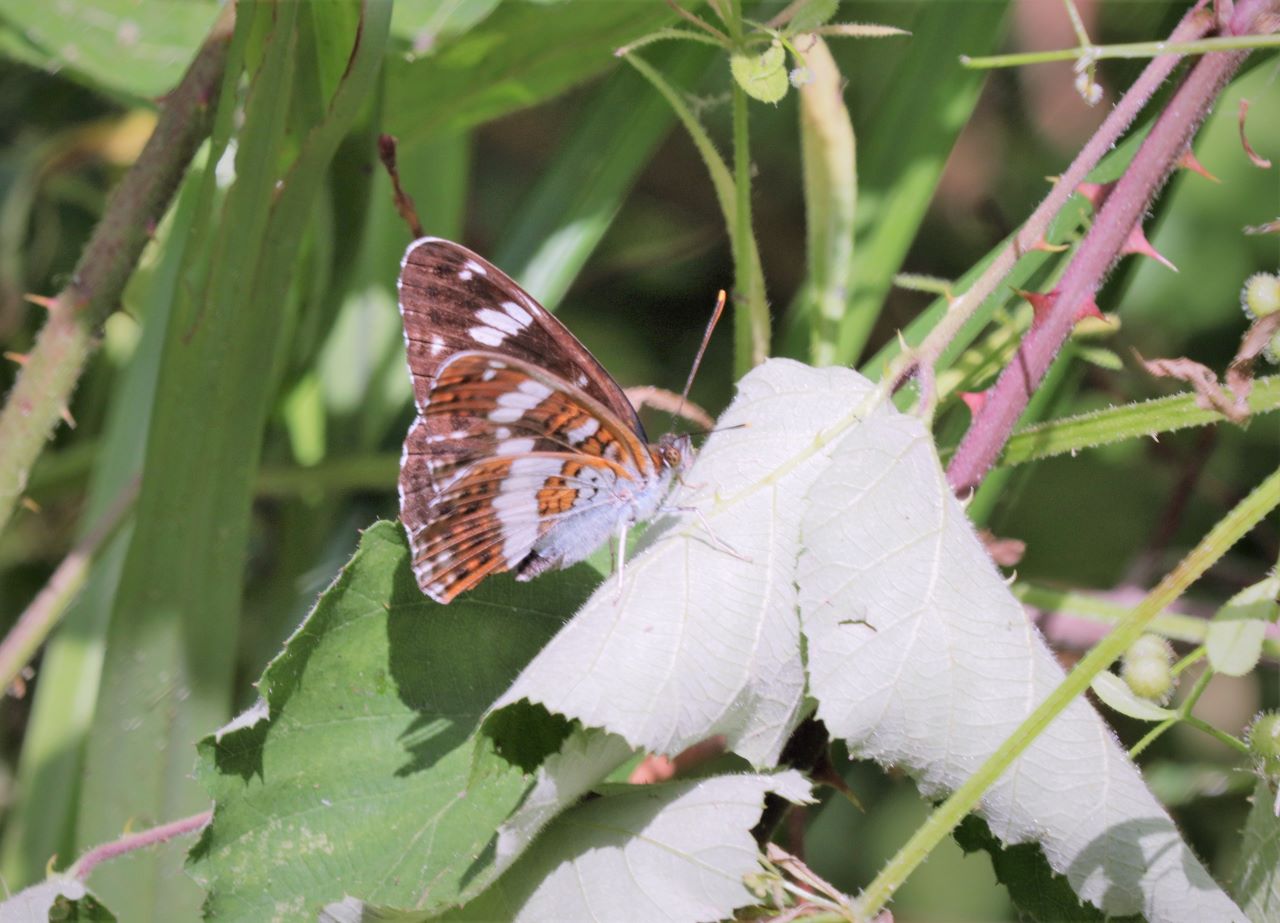
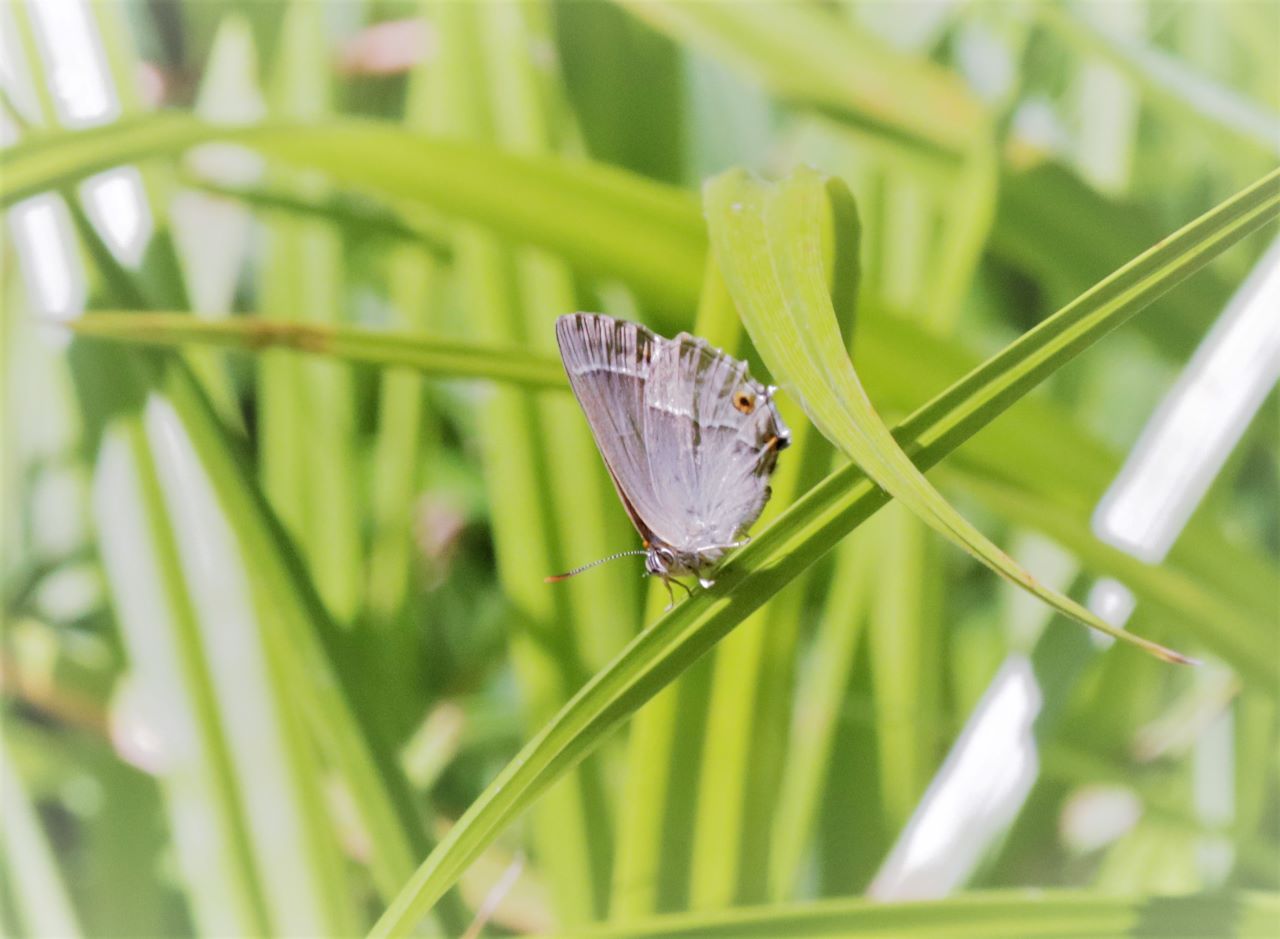
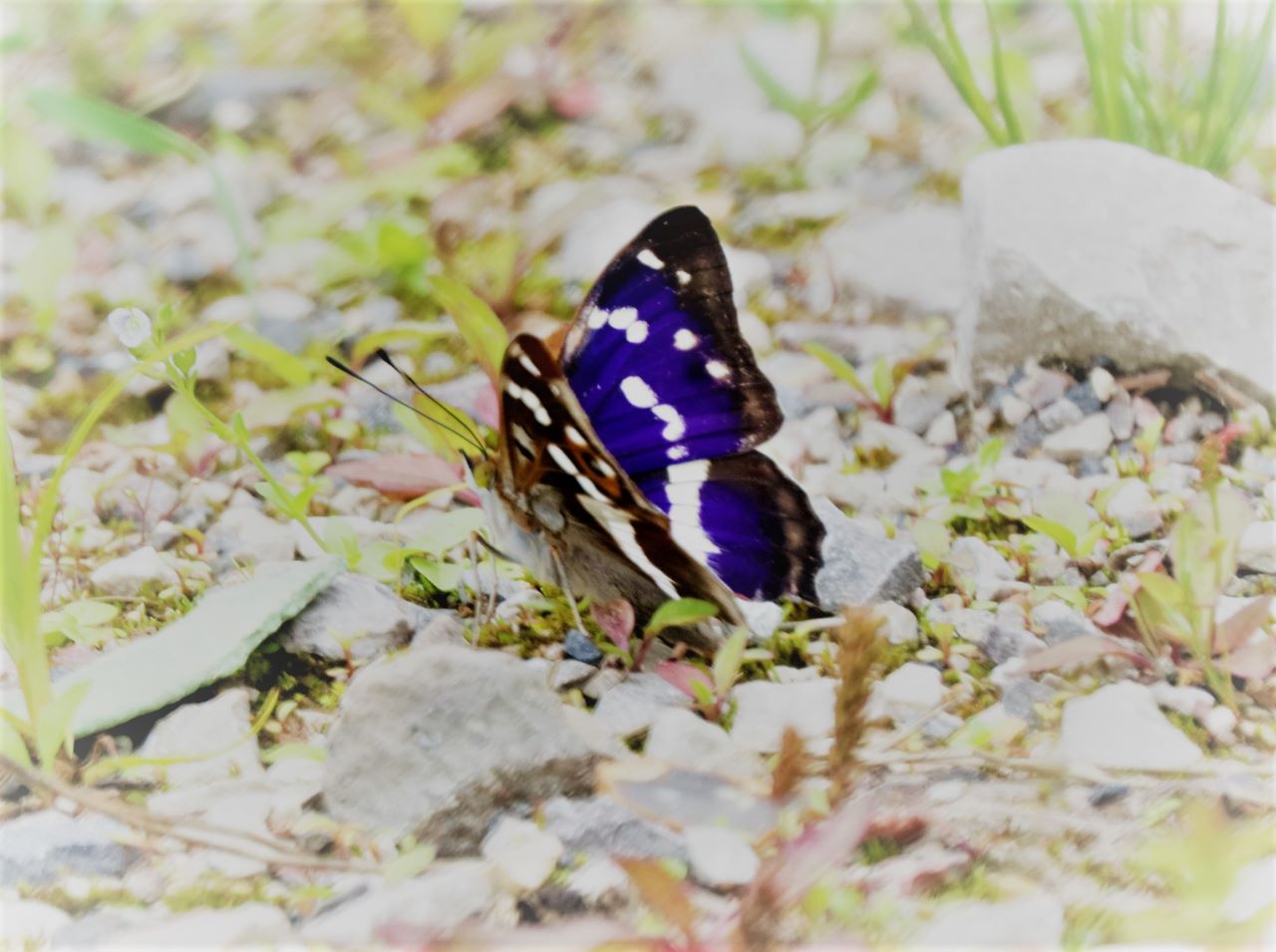
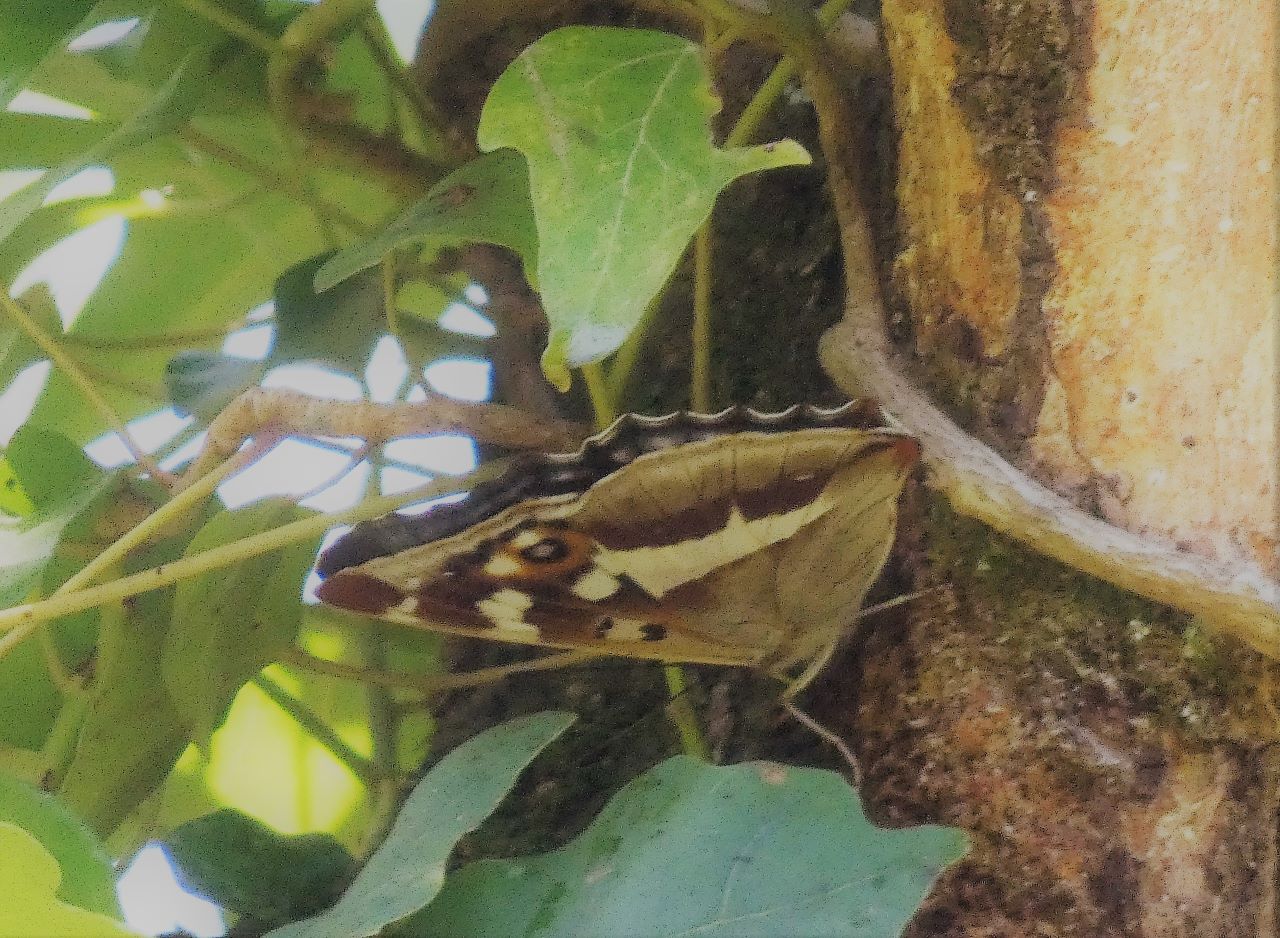
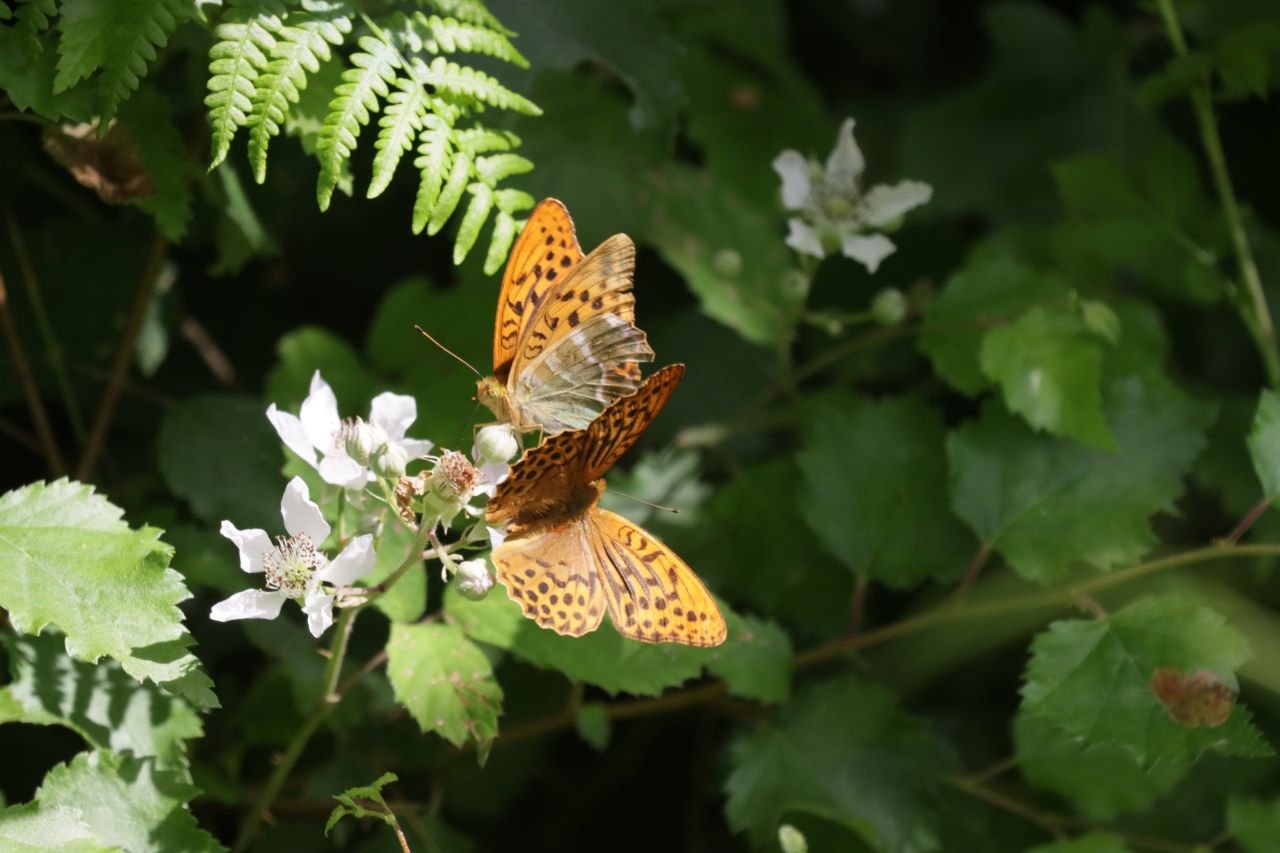

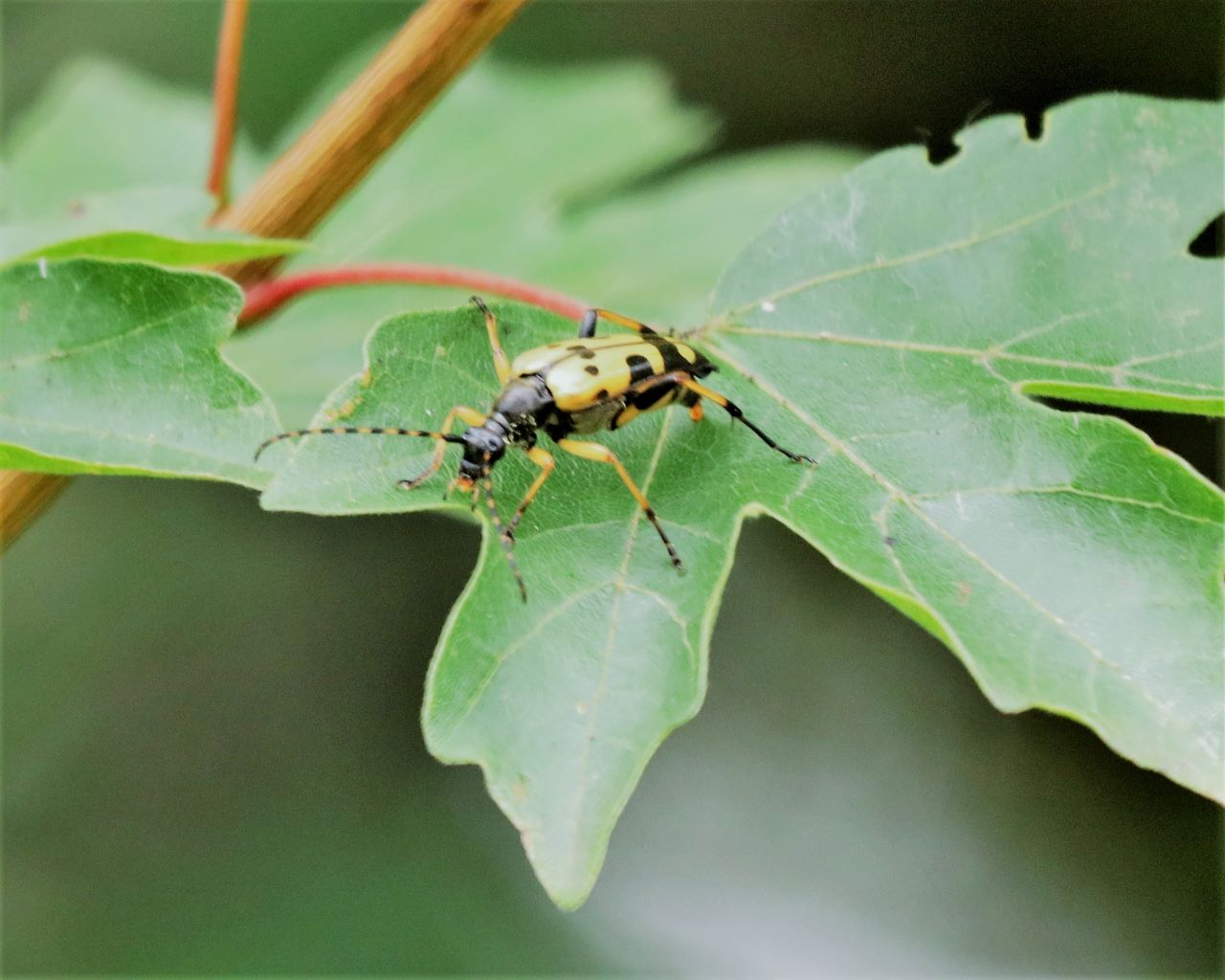
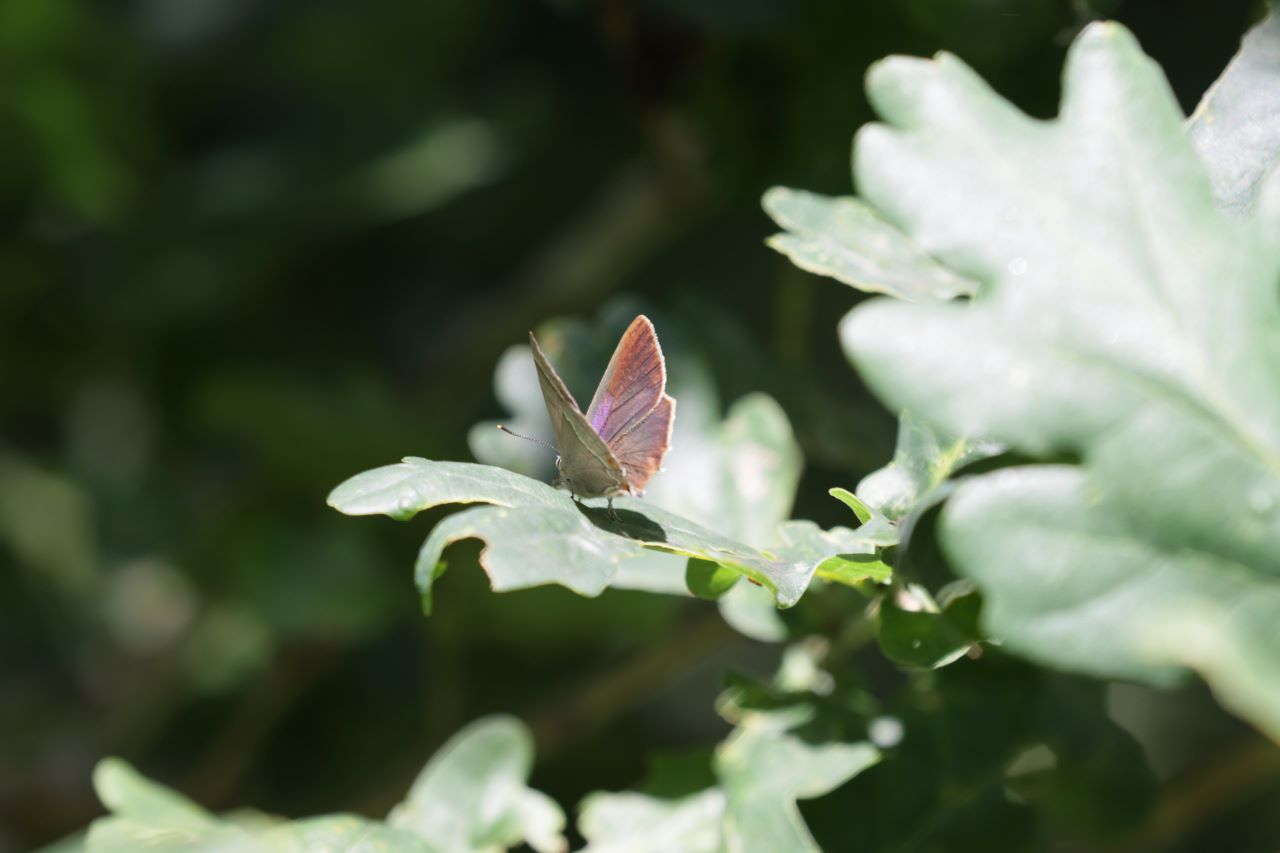

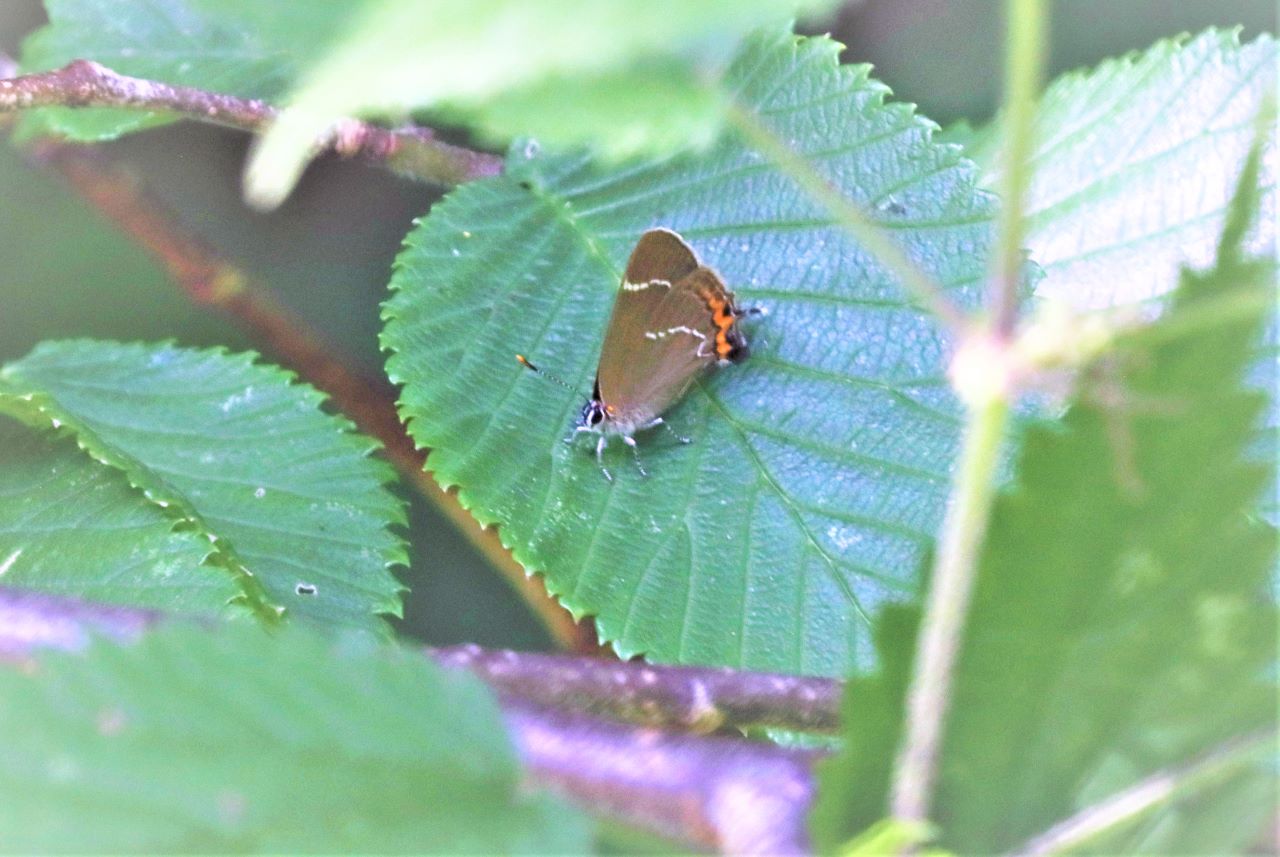
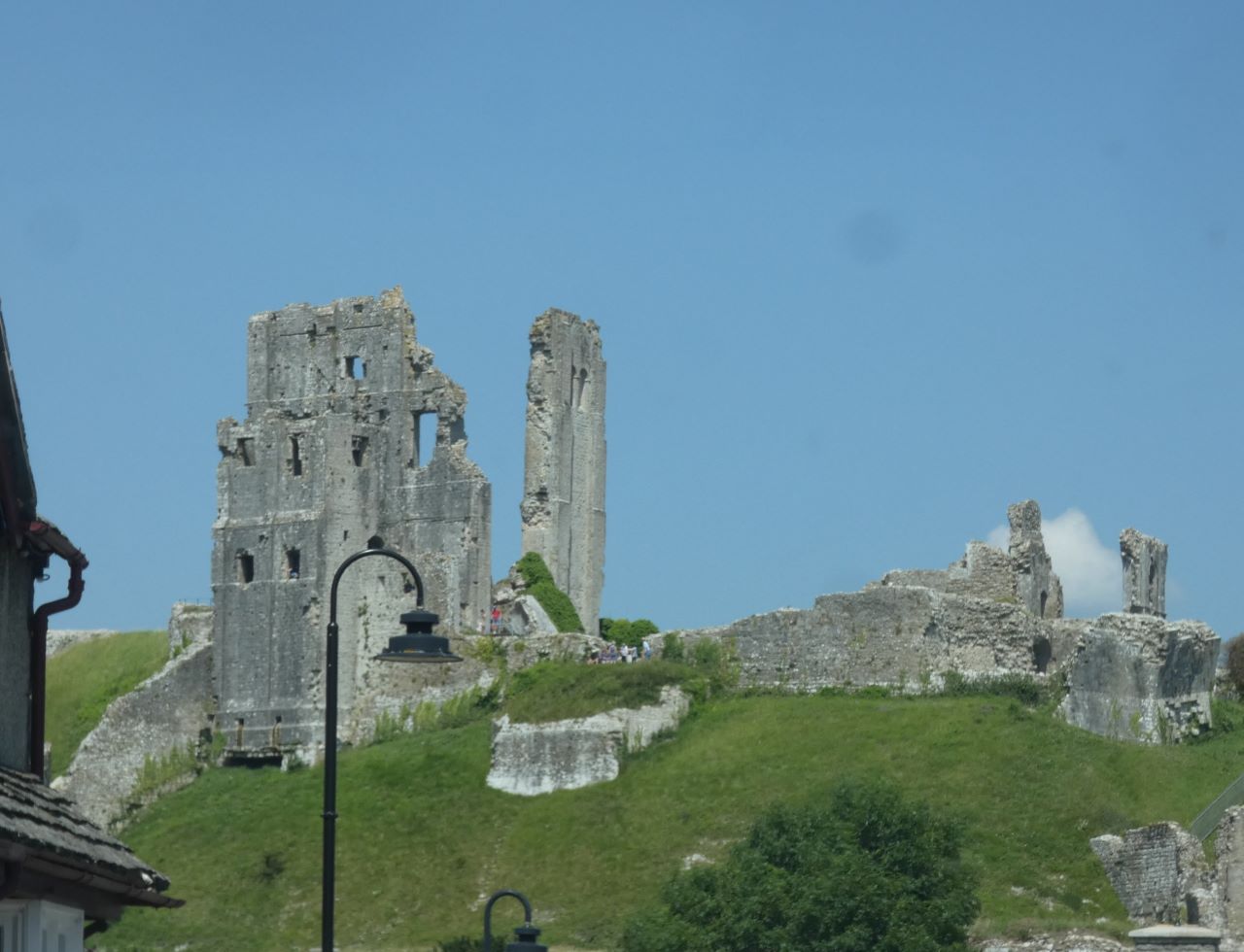

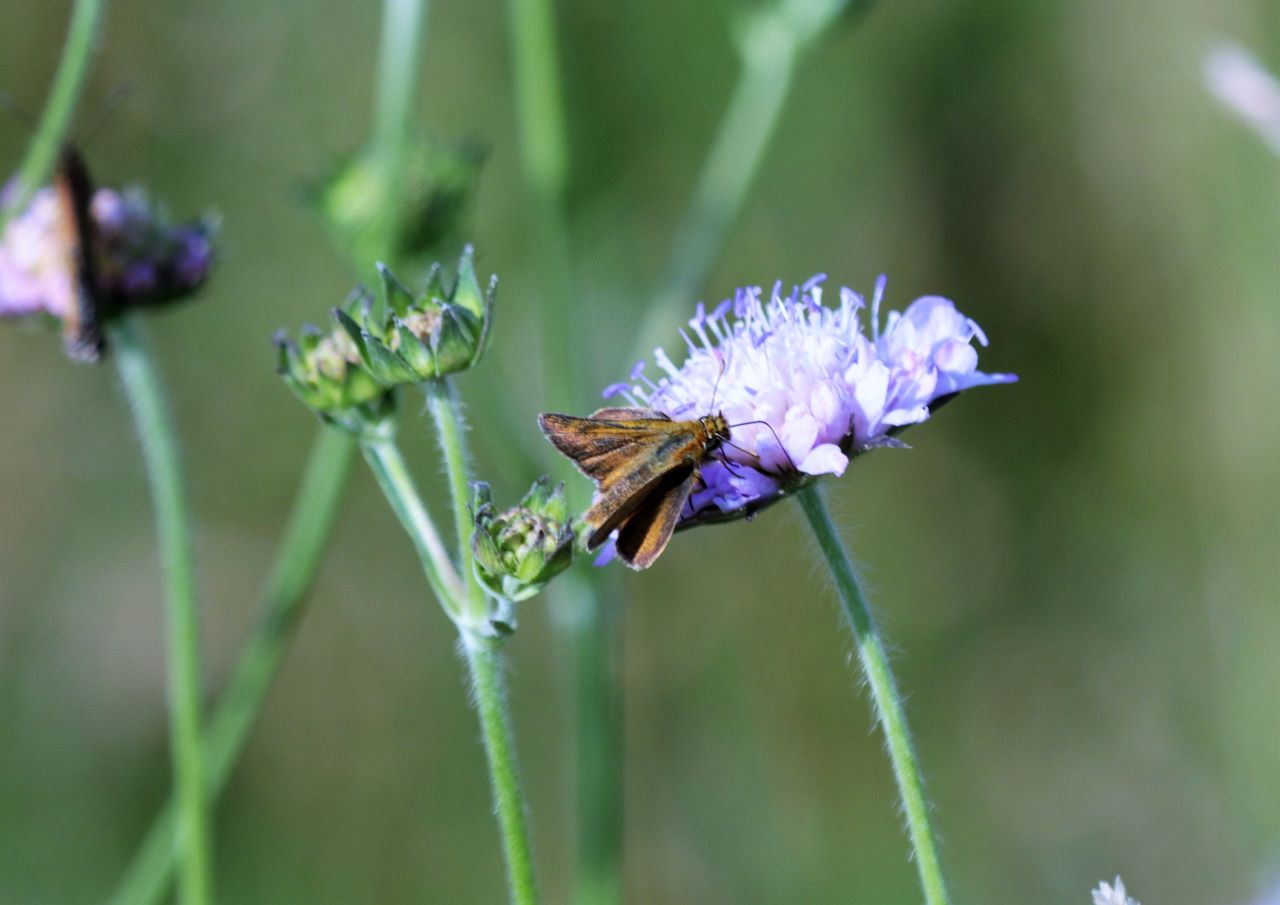
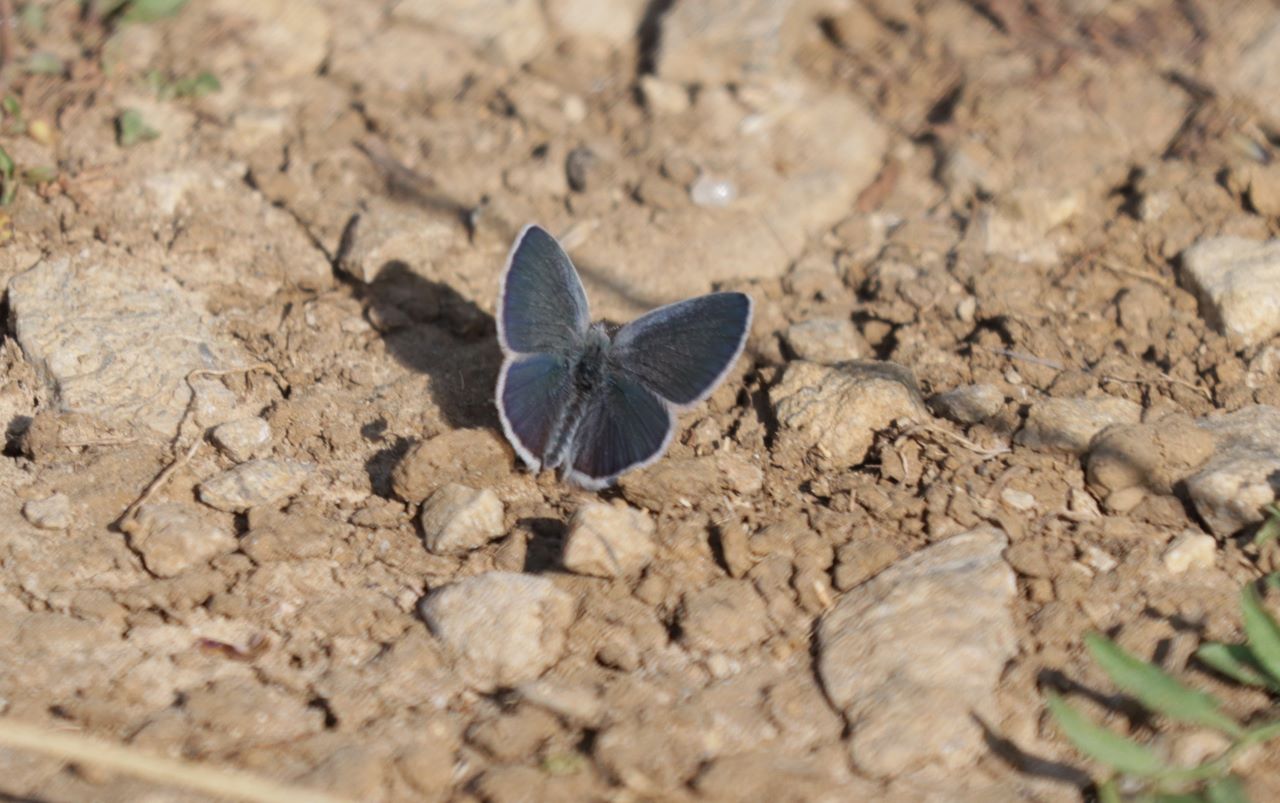
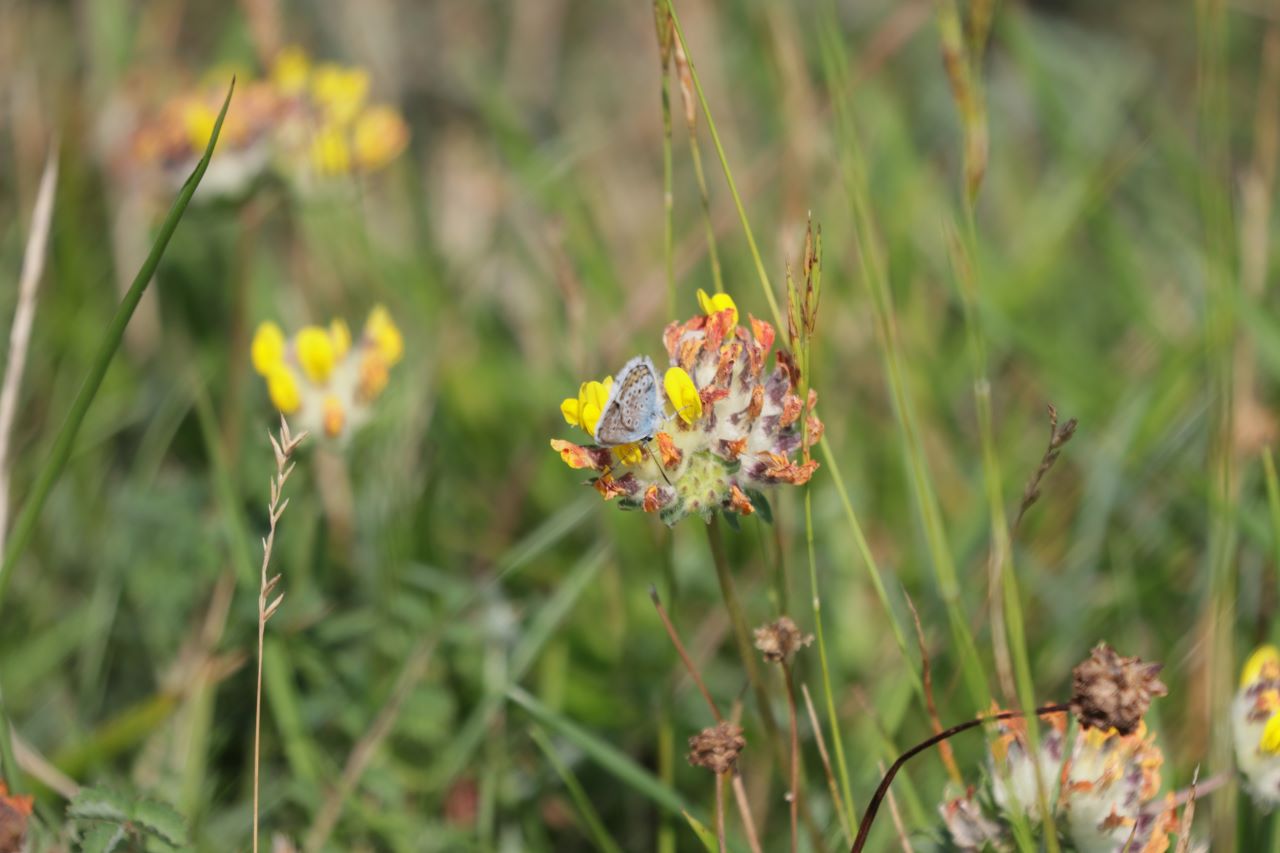
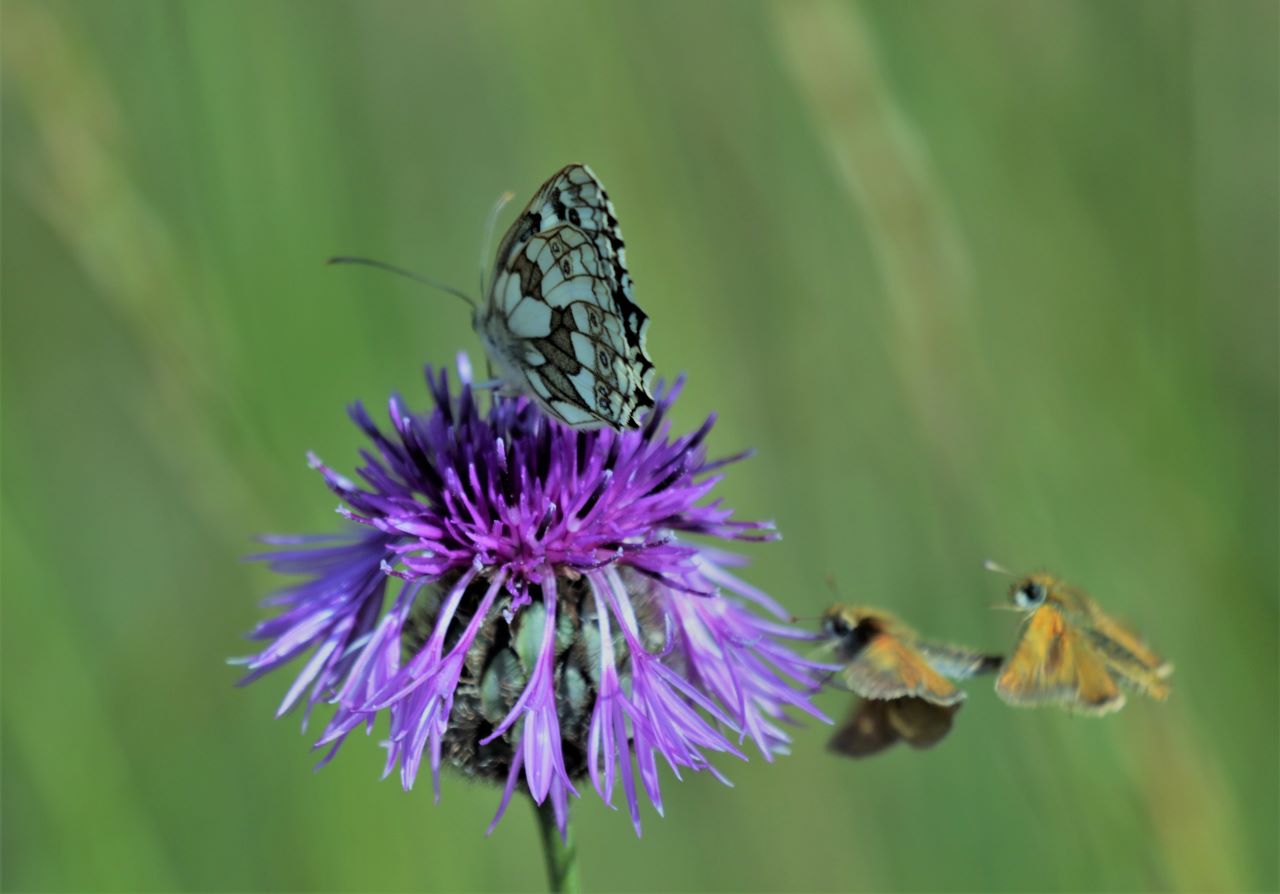
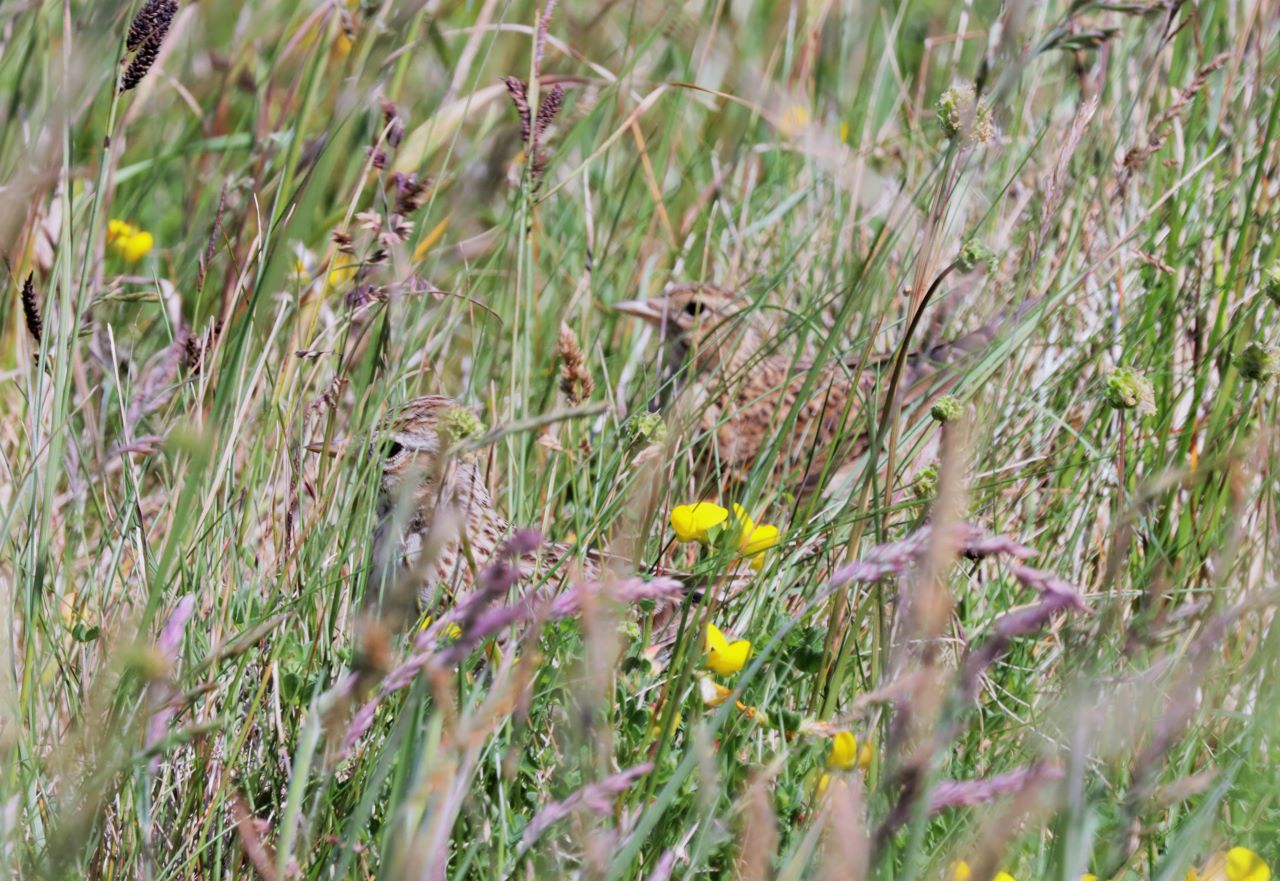
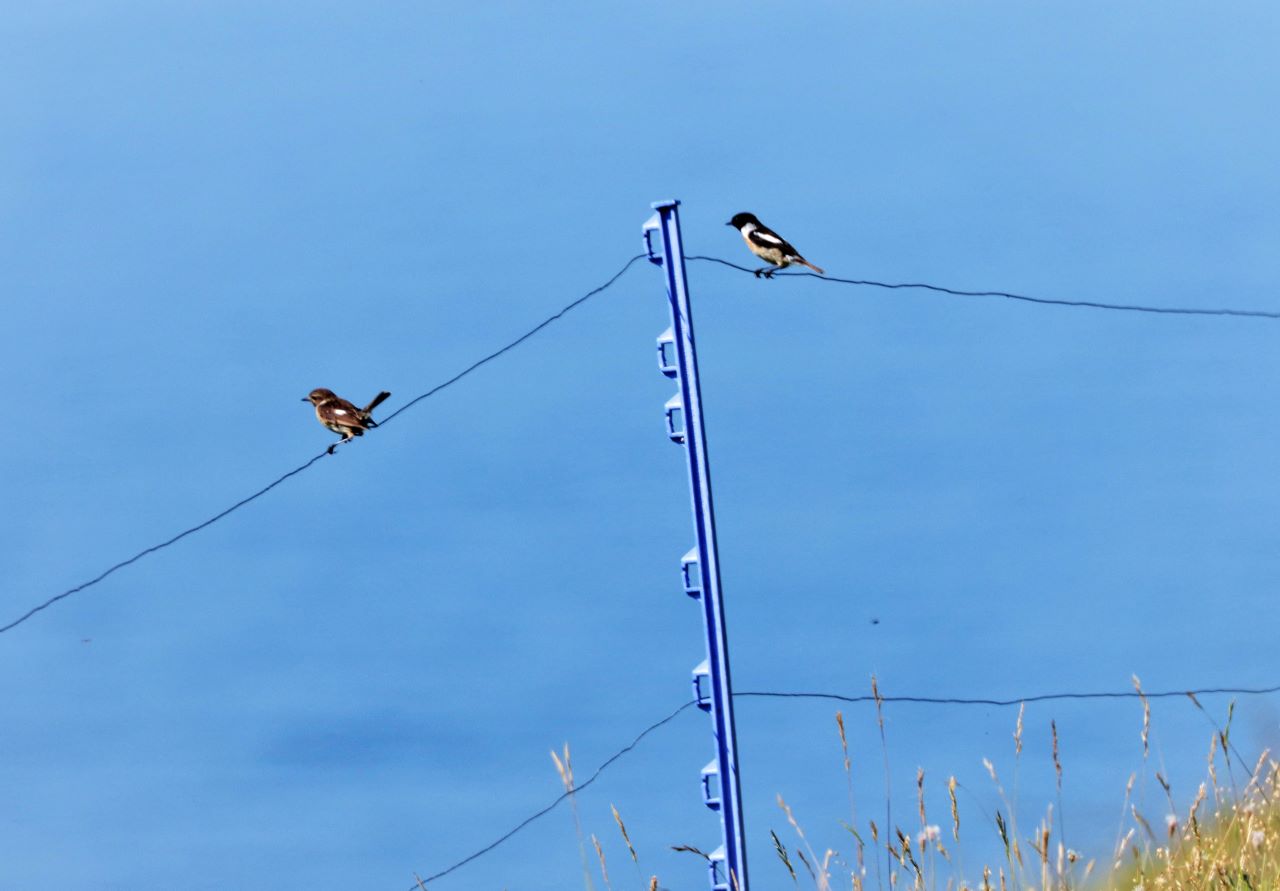
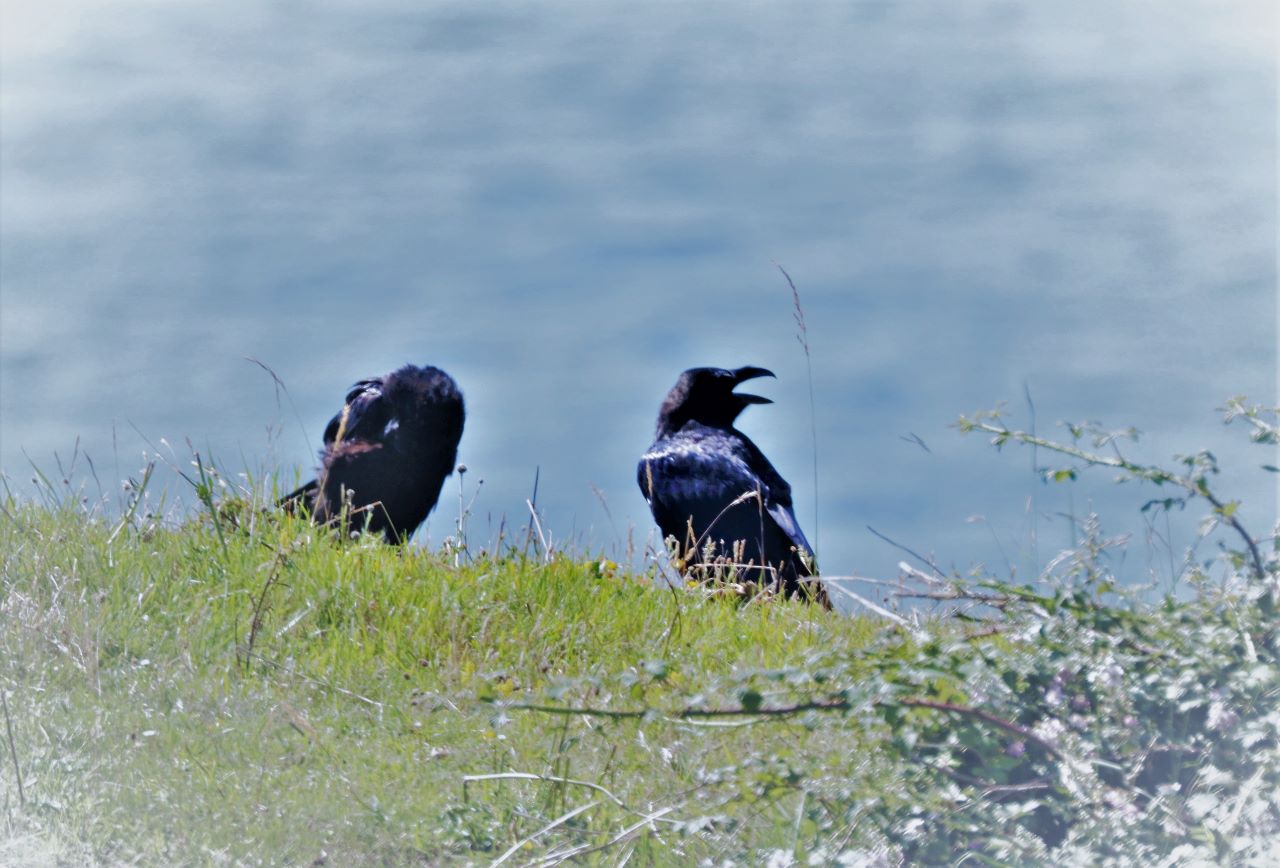


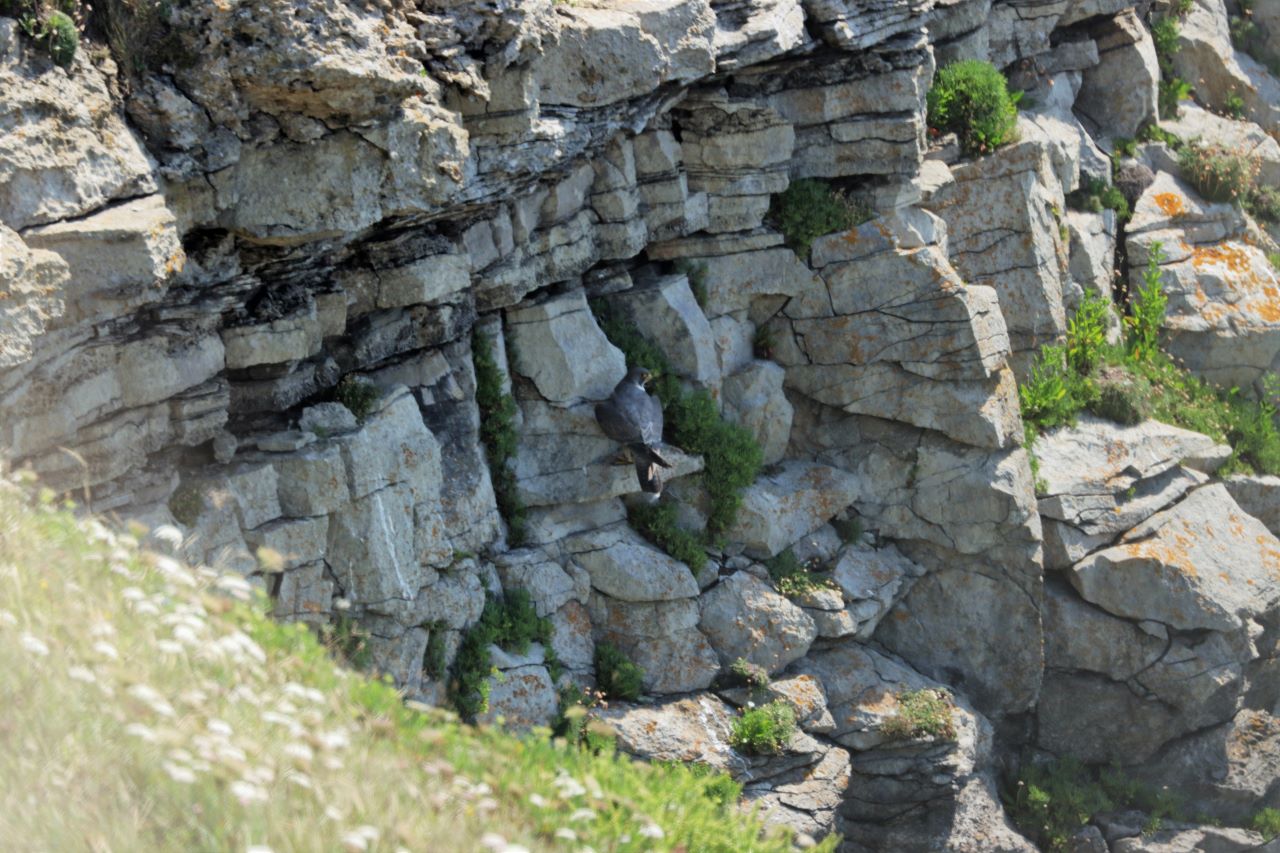
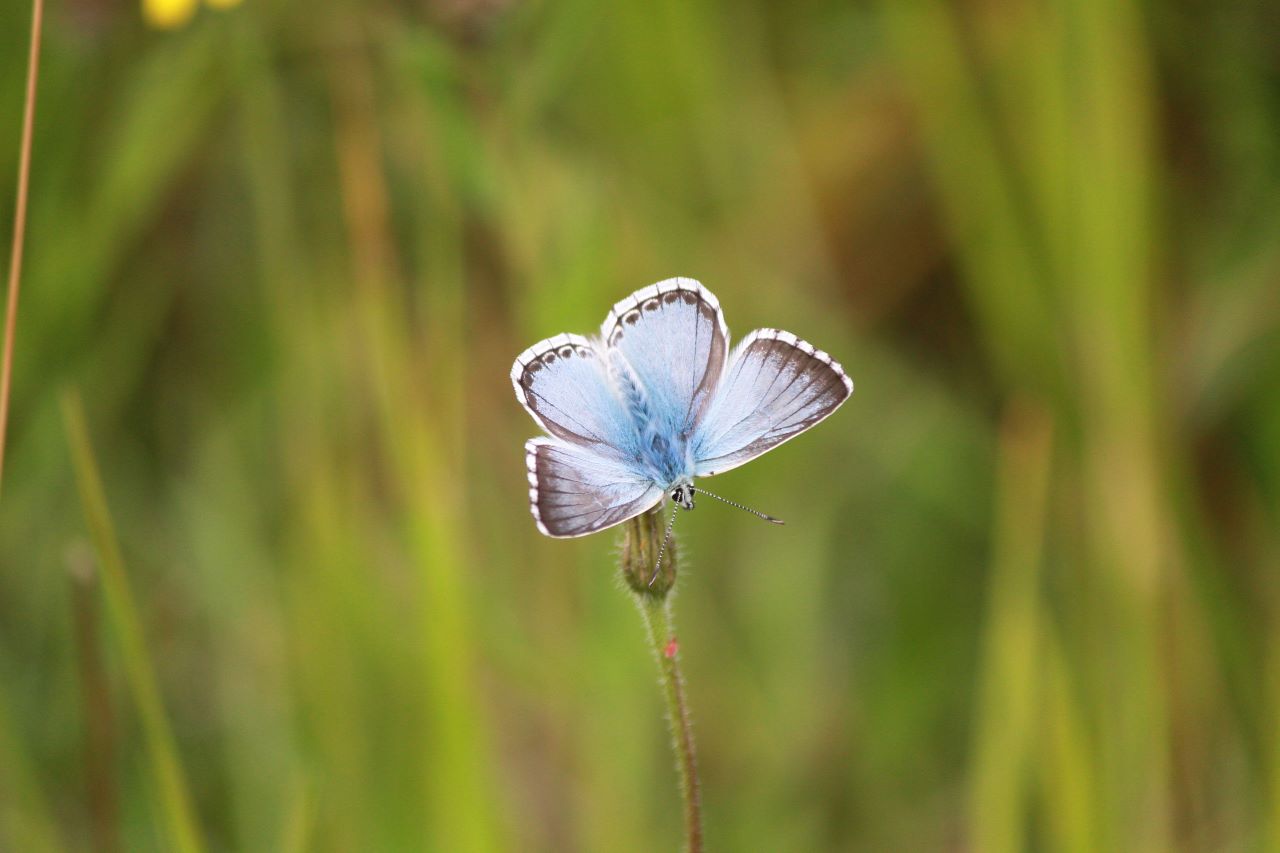
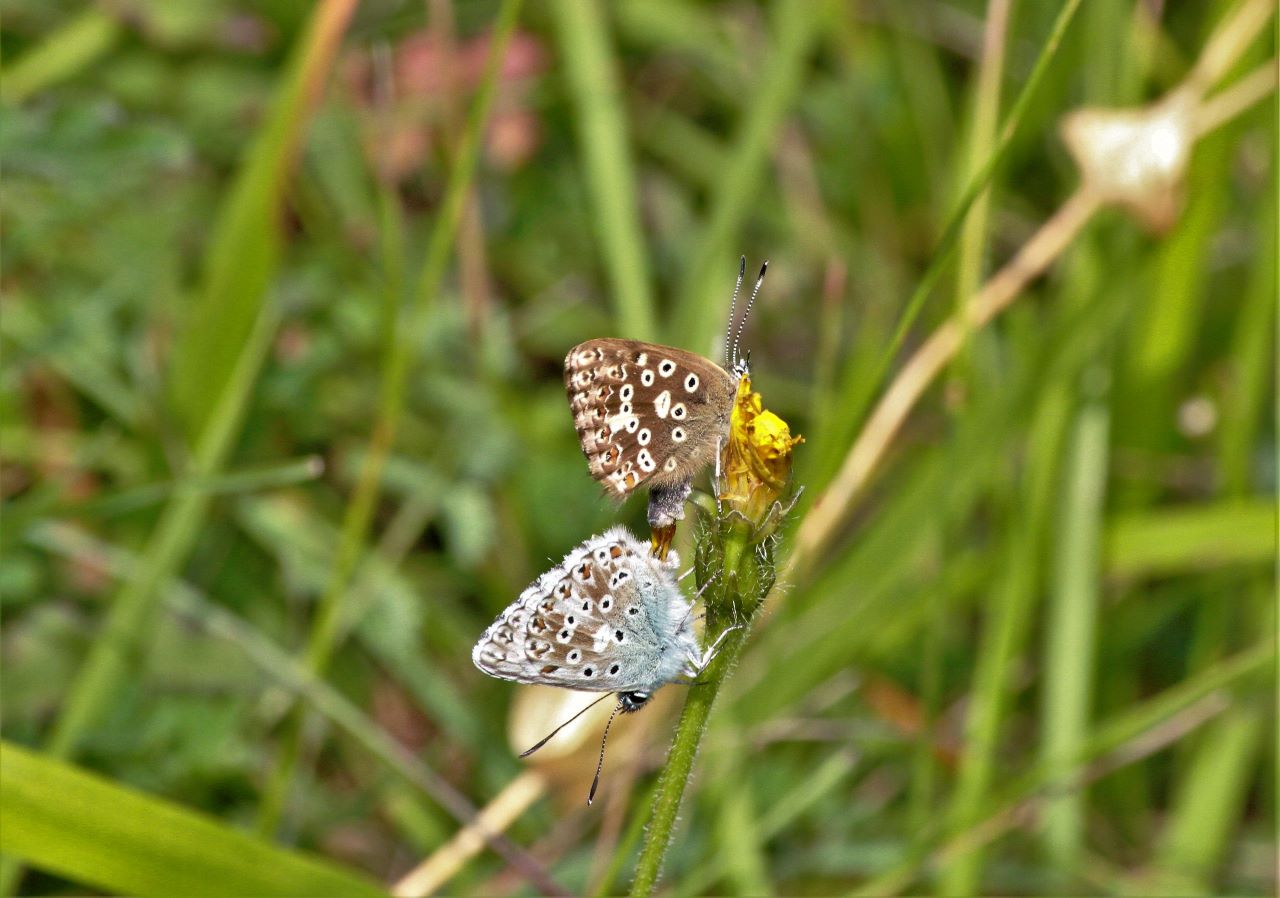
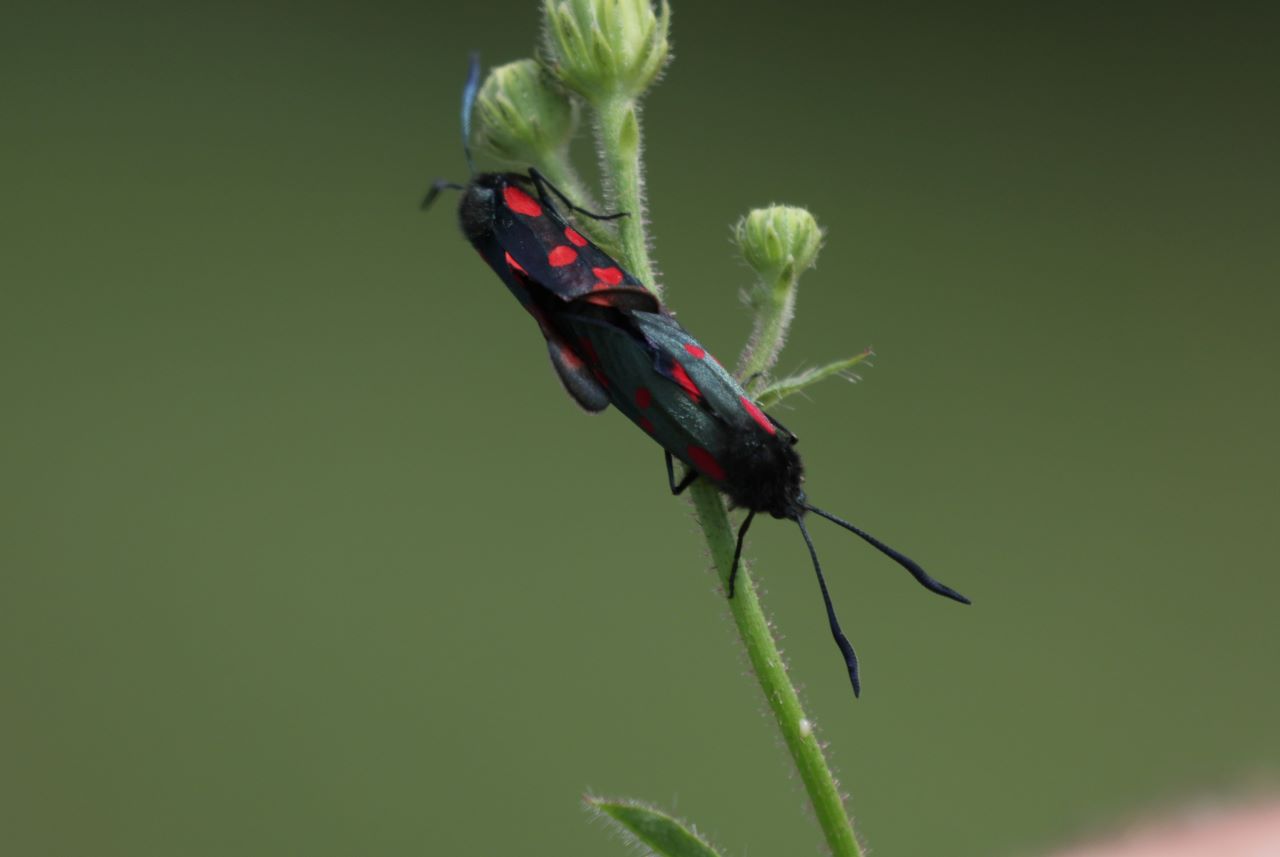
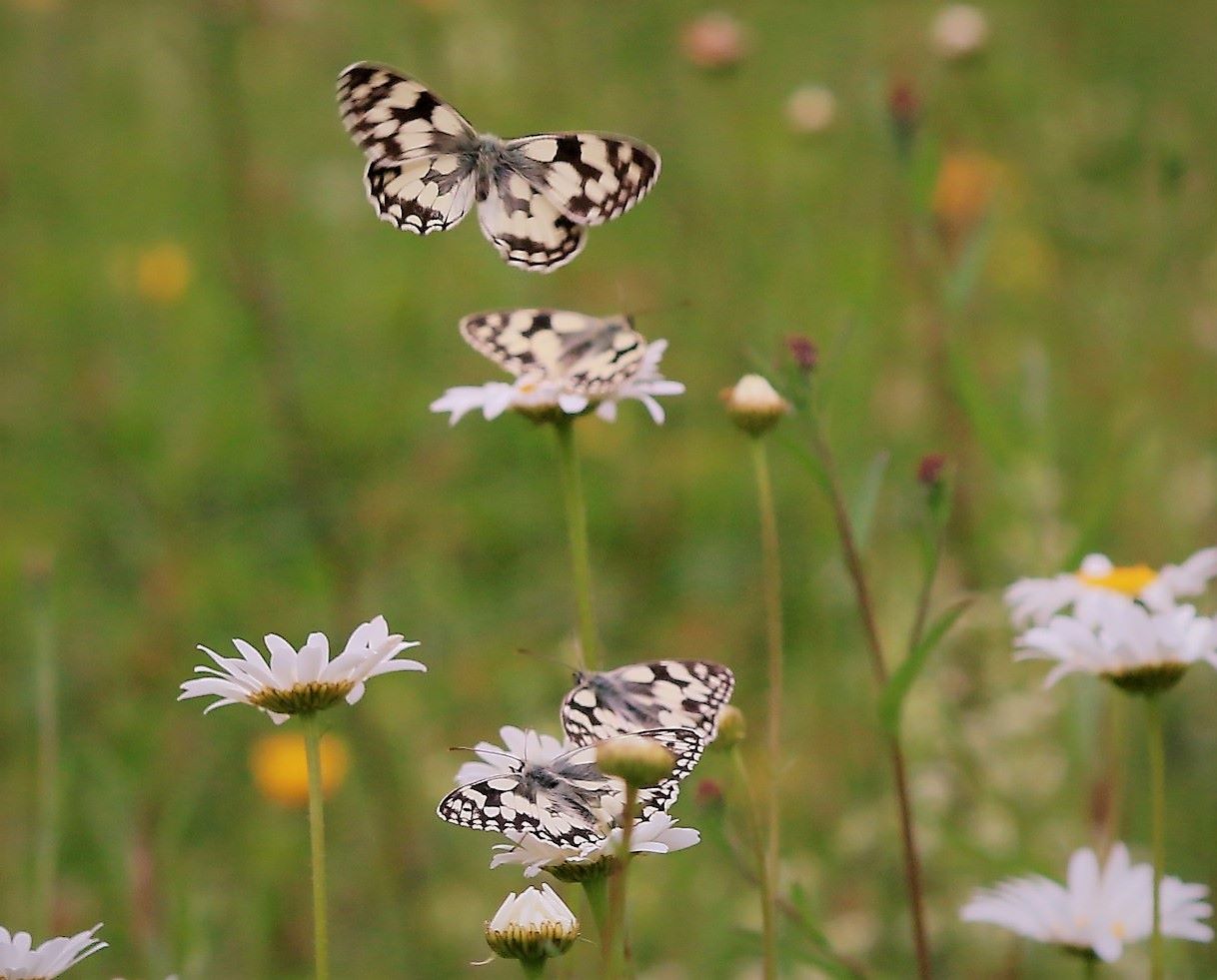
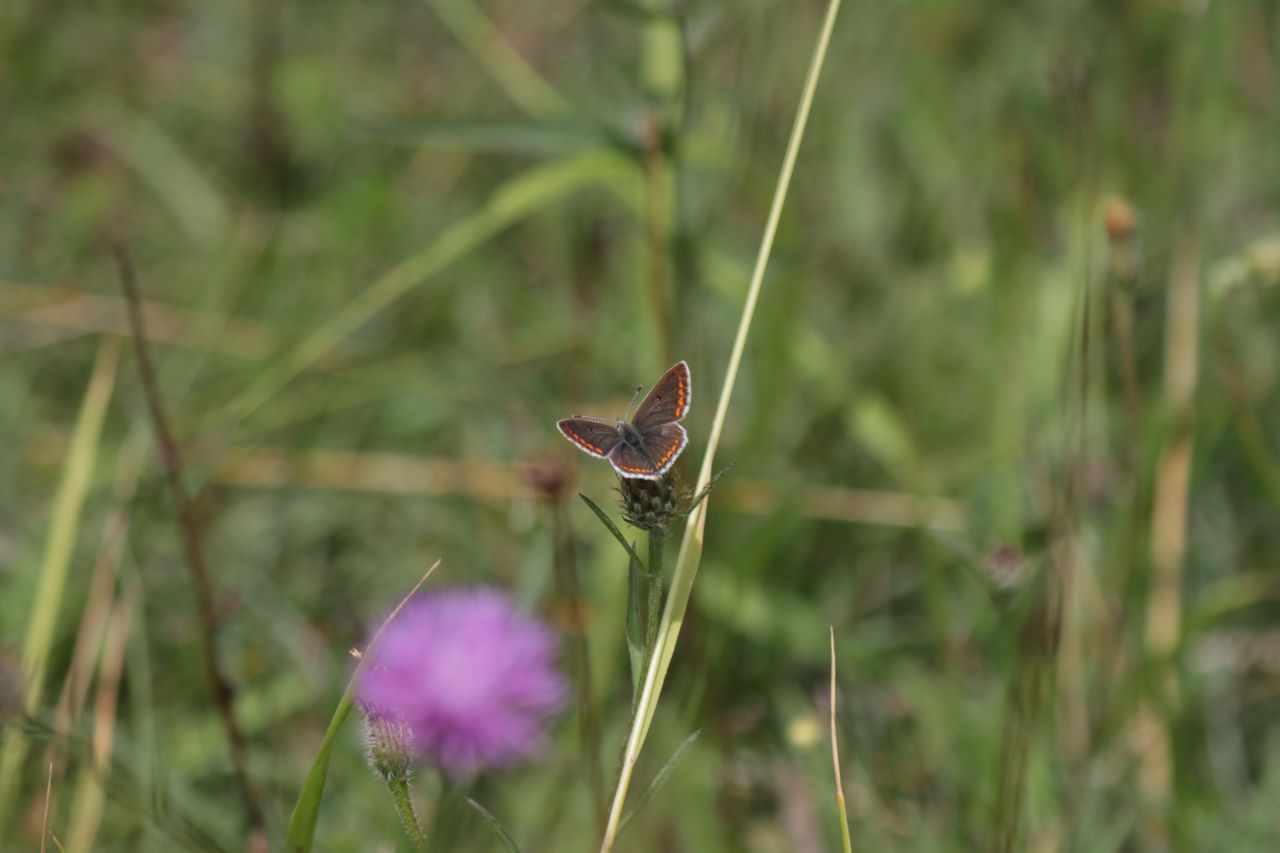



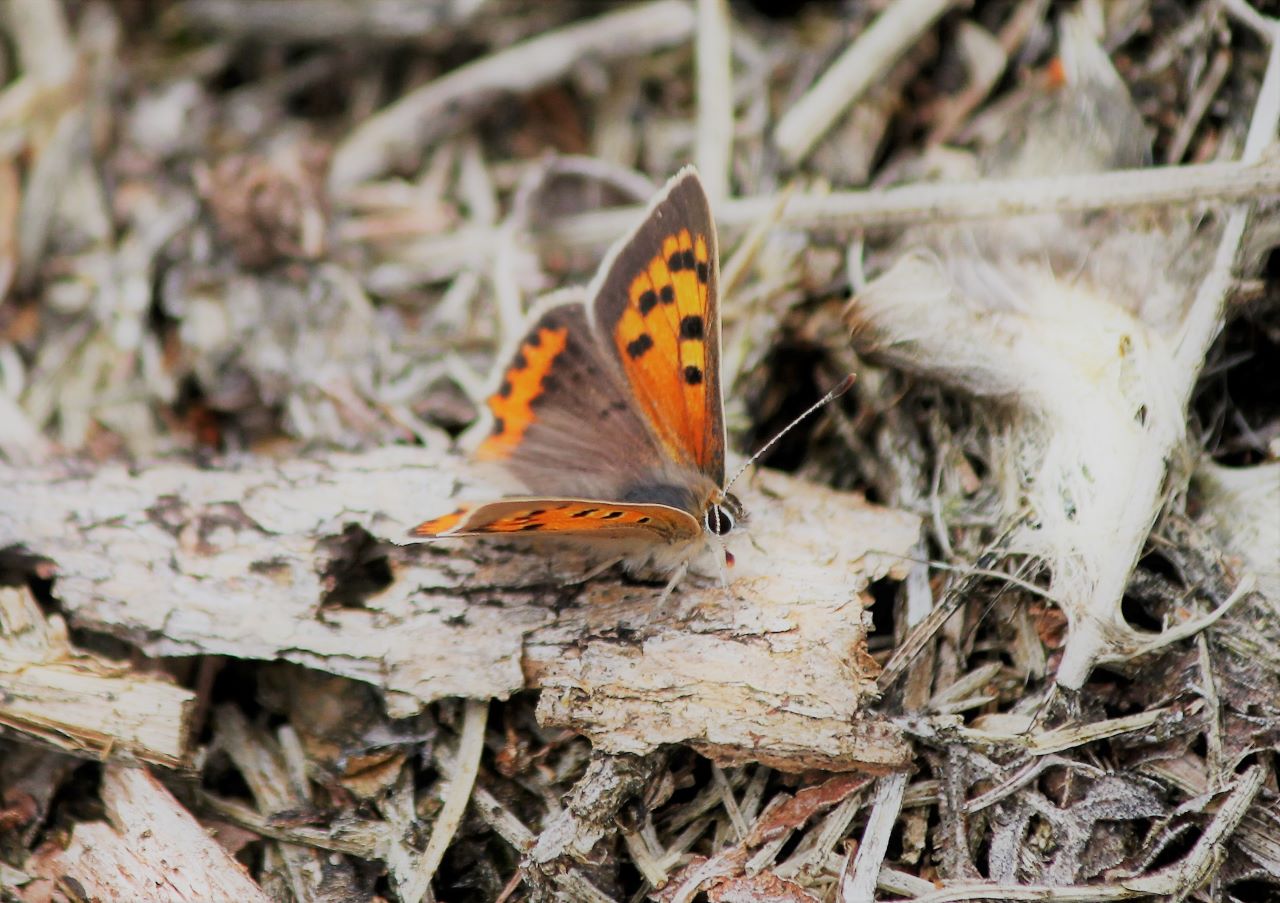
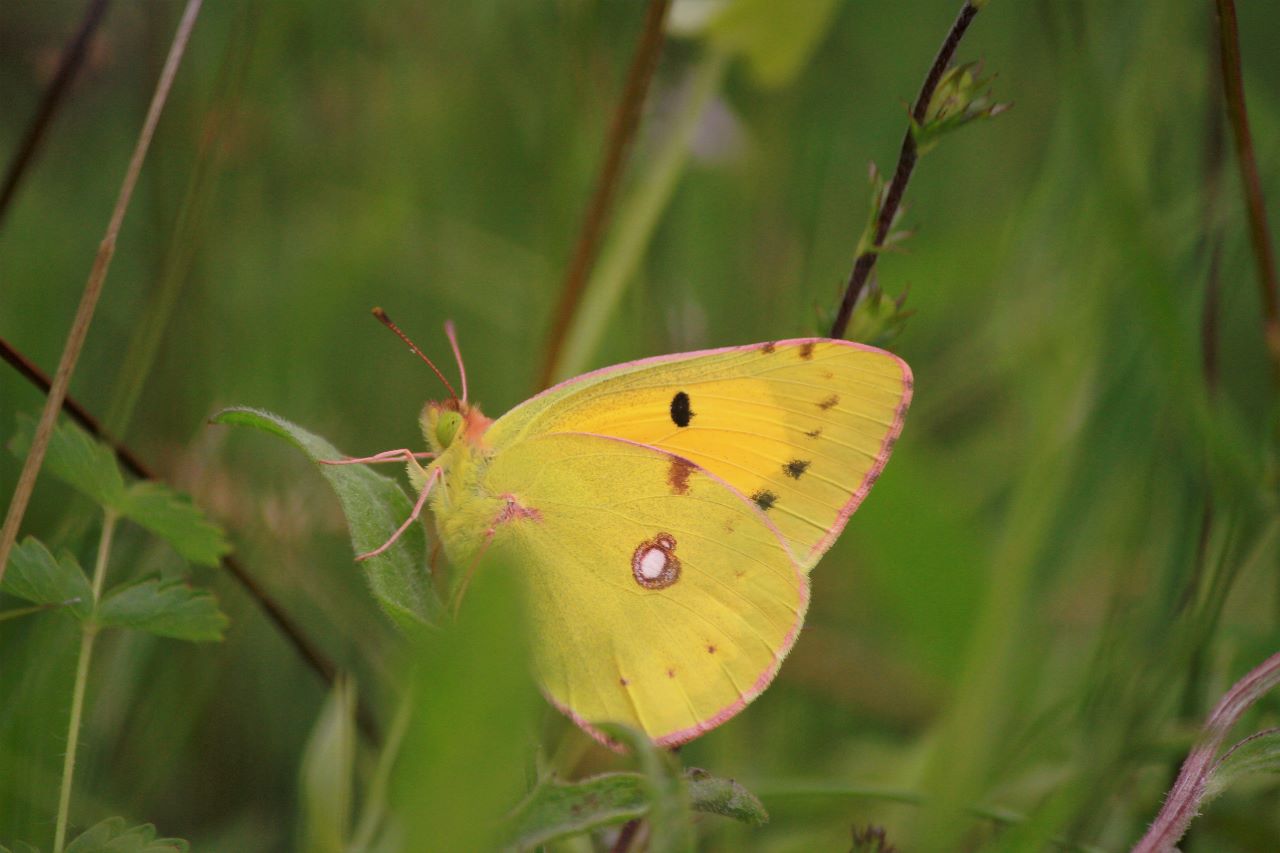



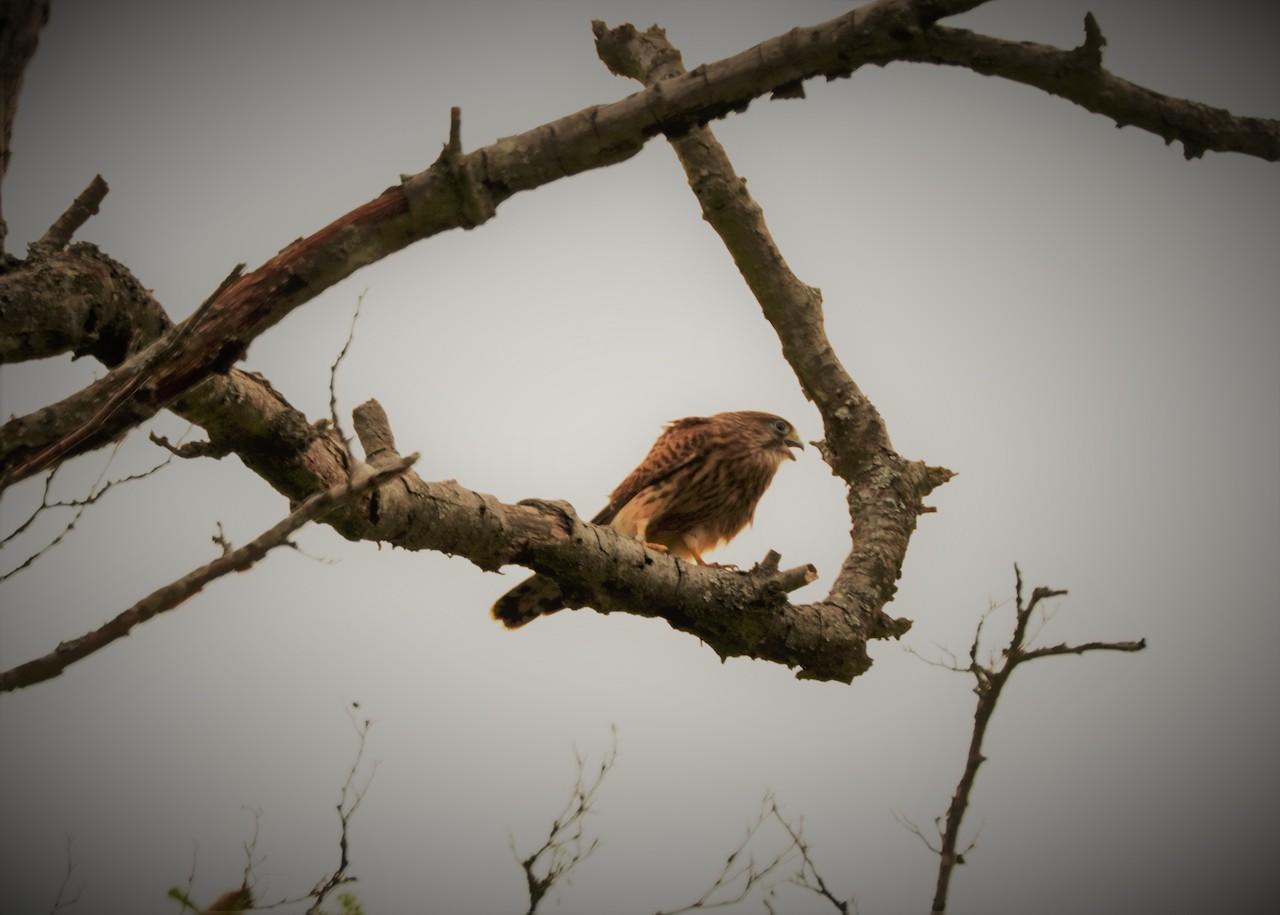
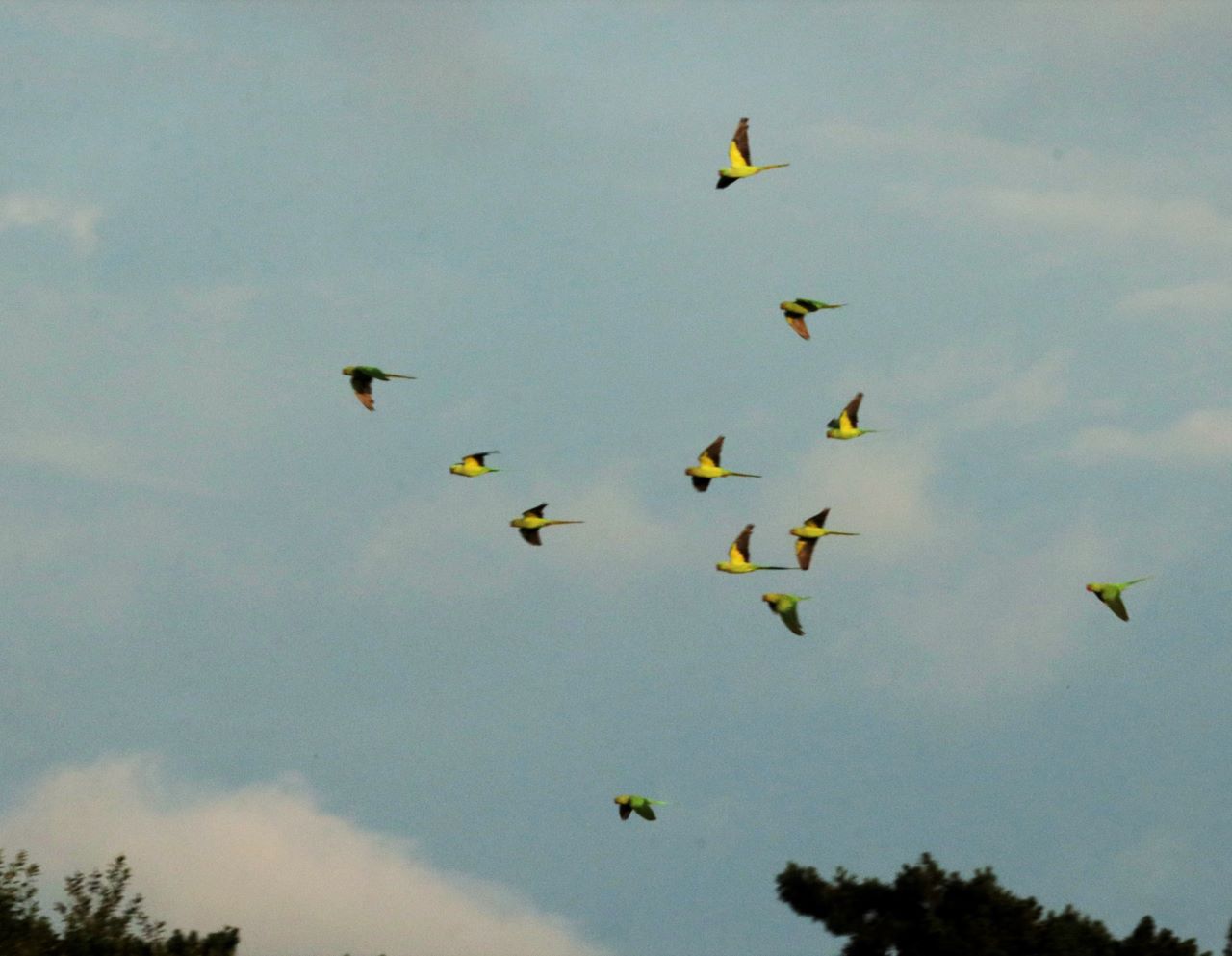
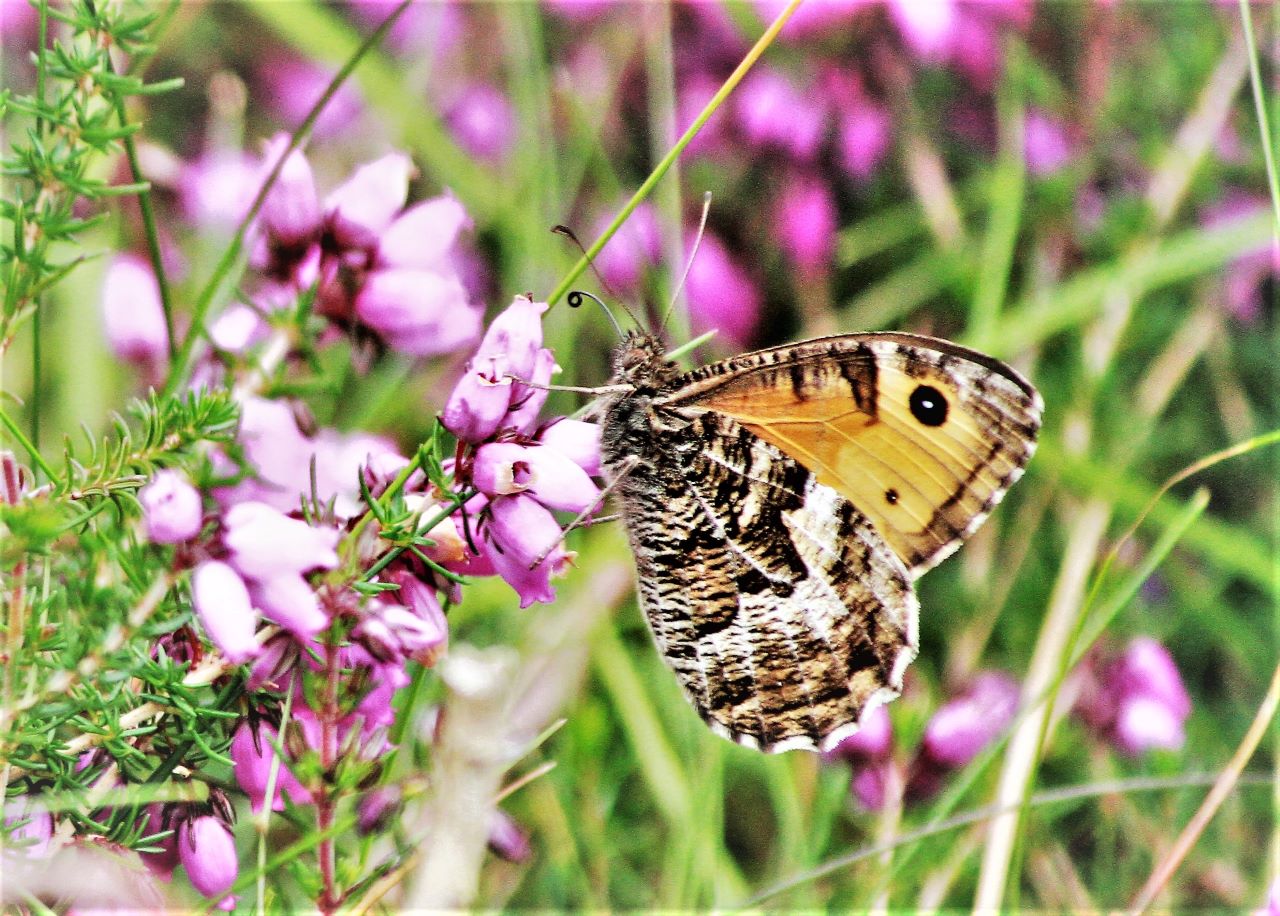
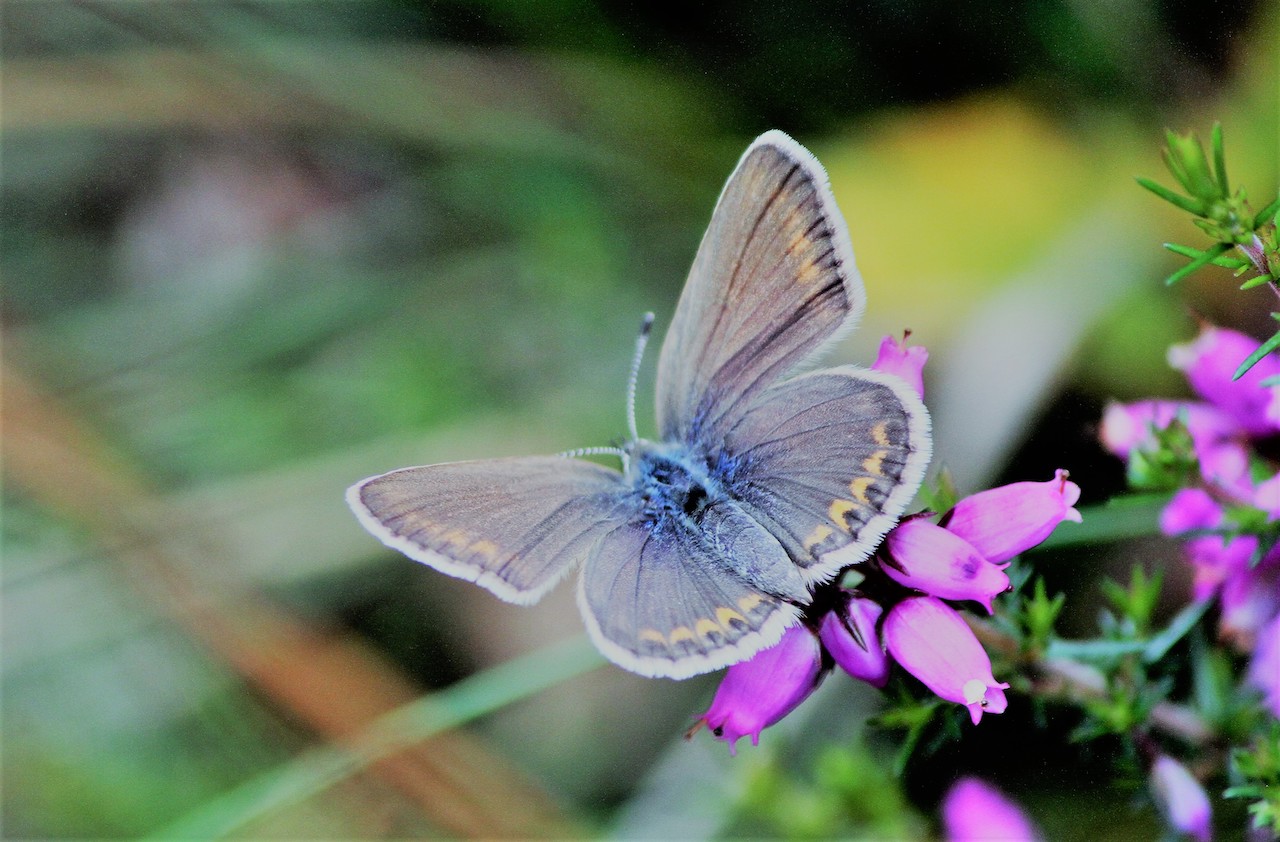

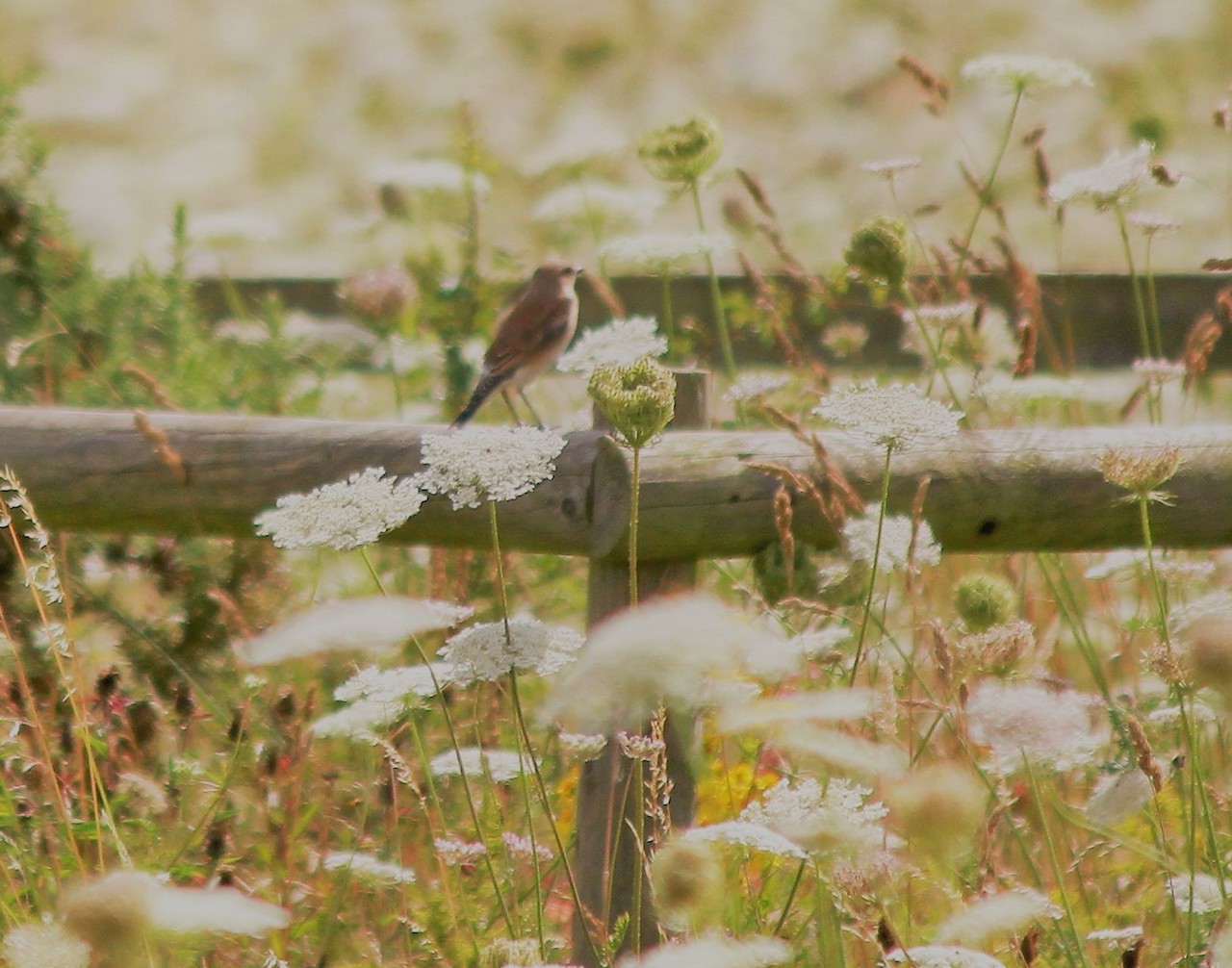

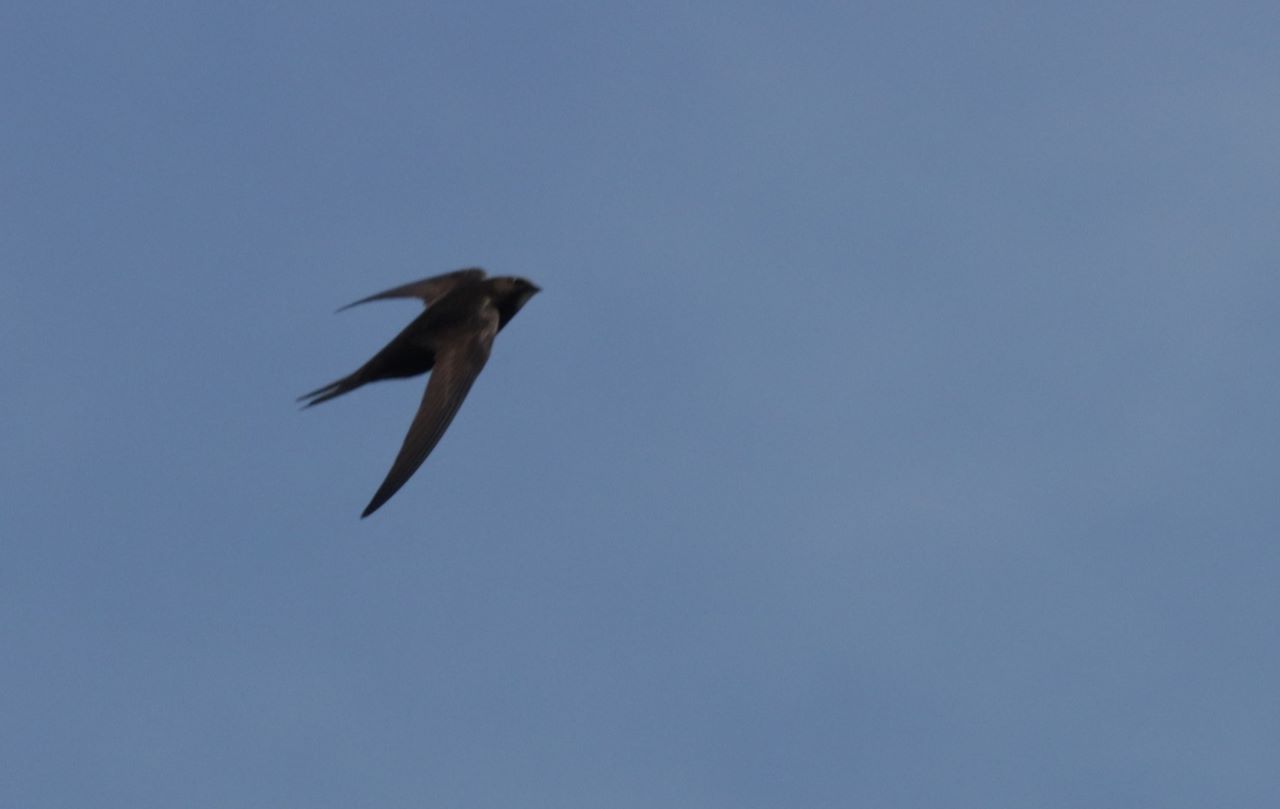









Recent Comments